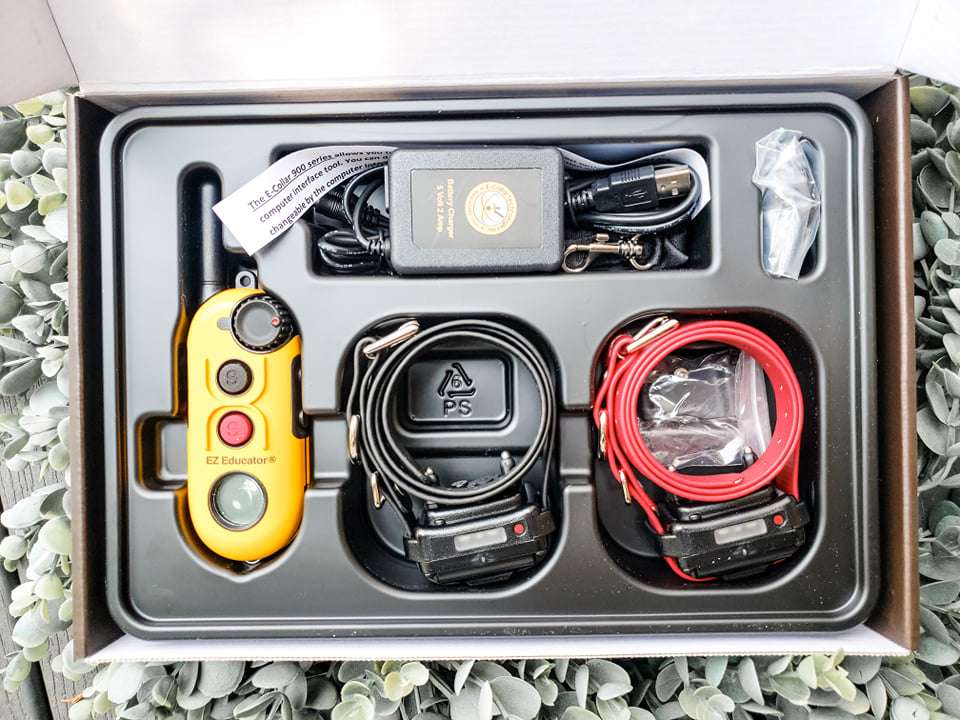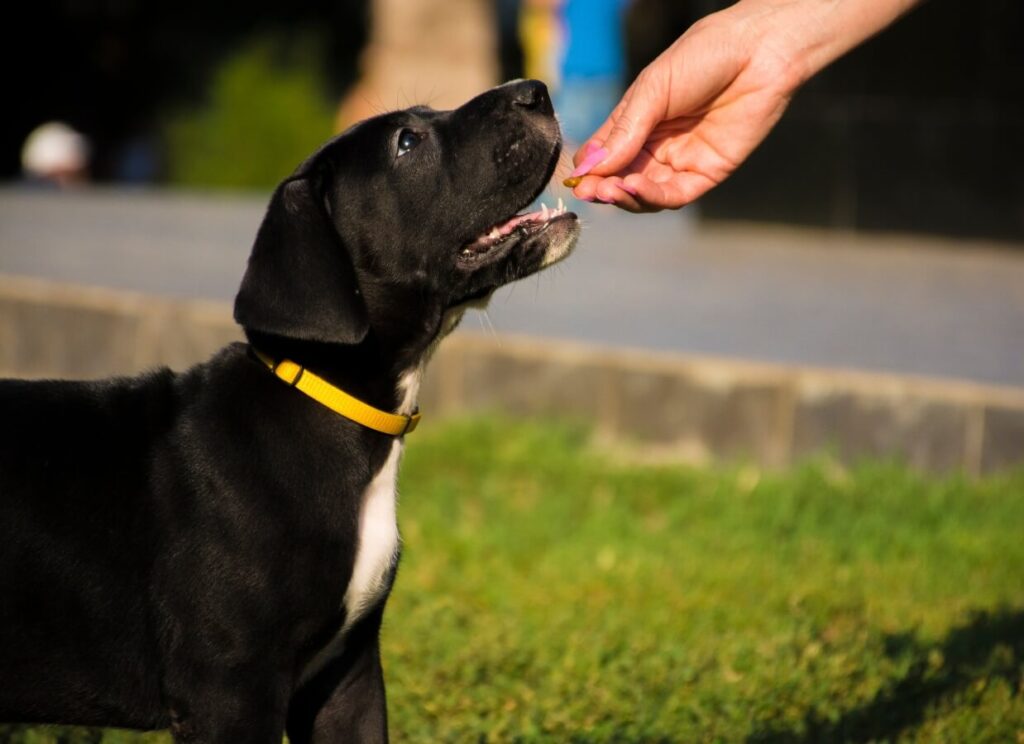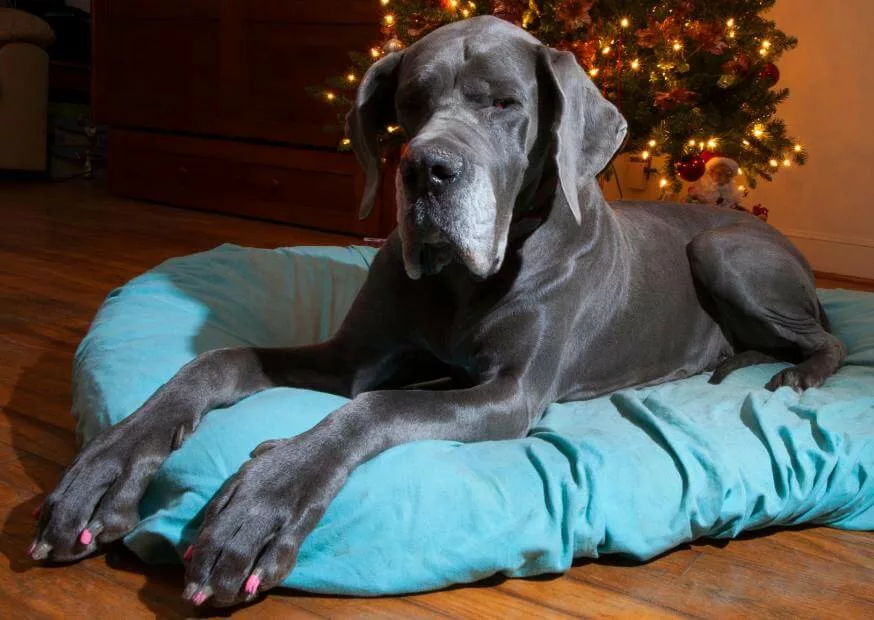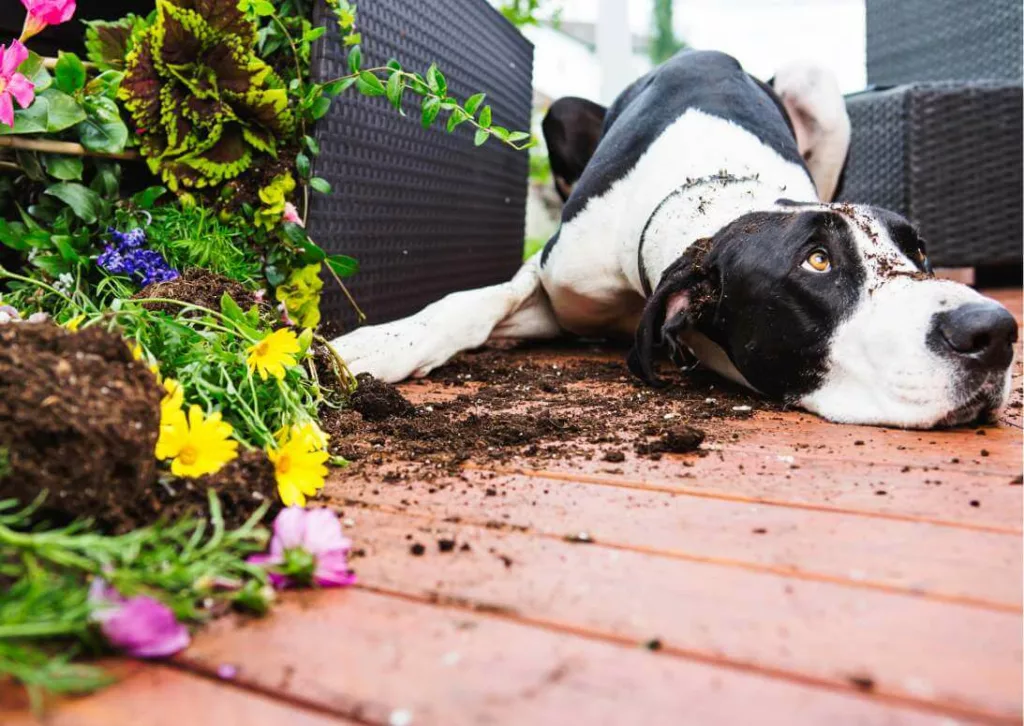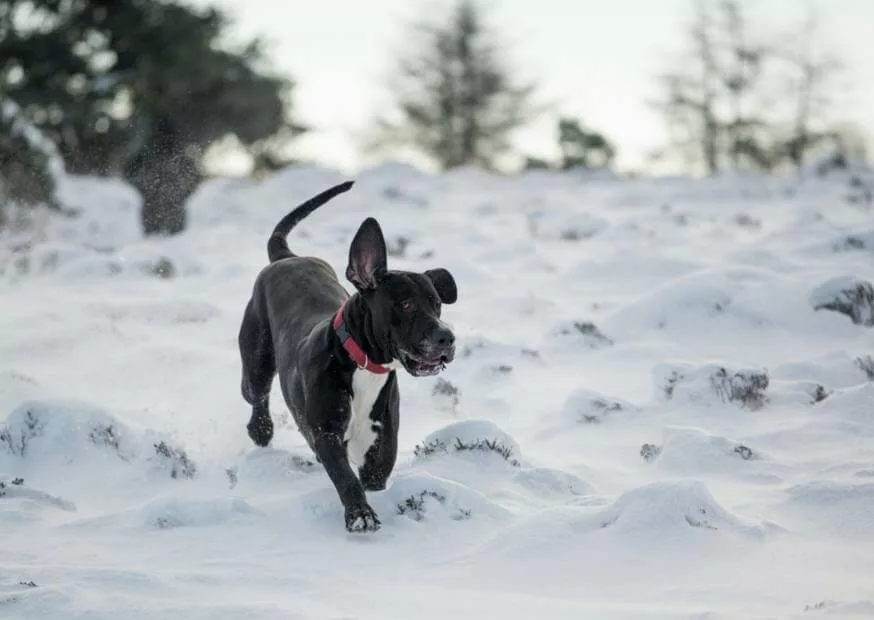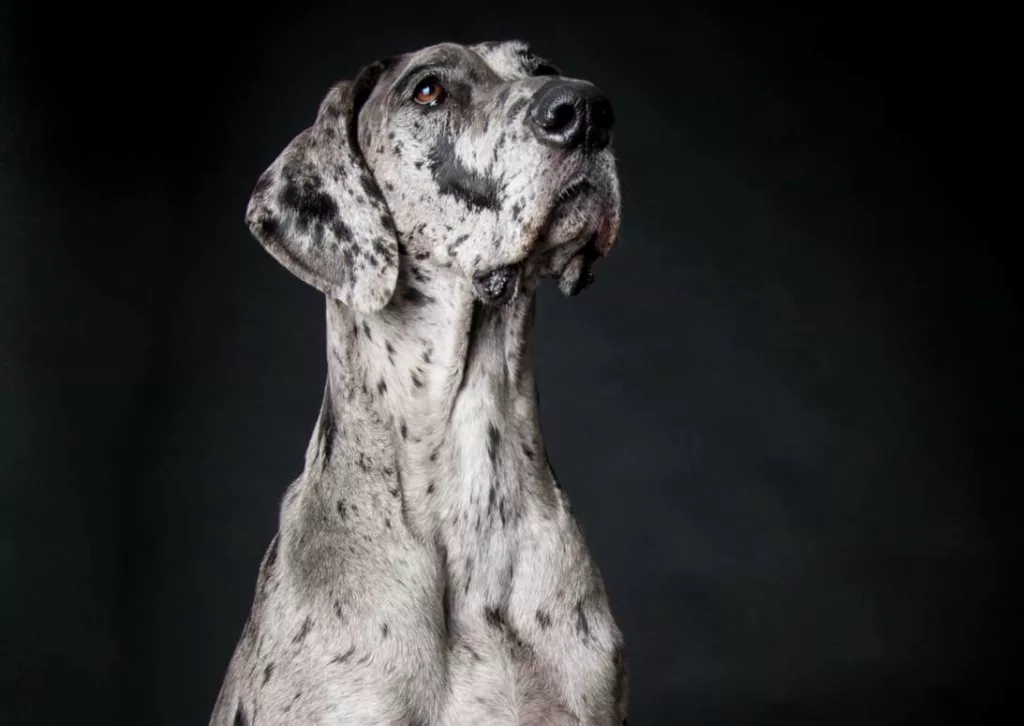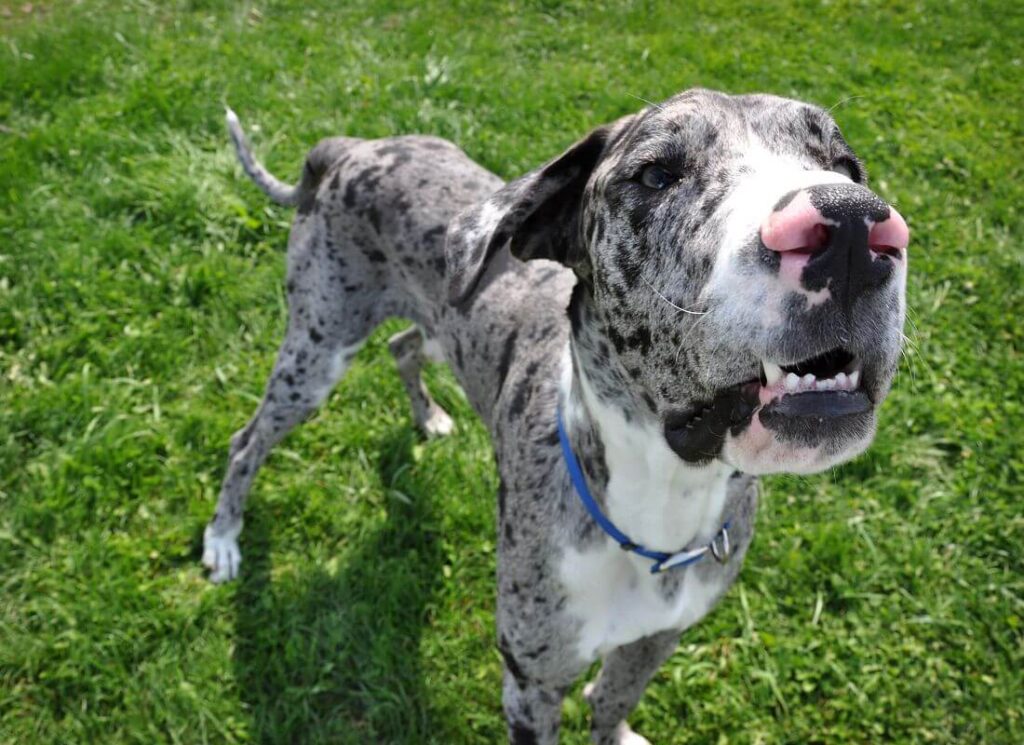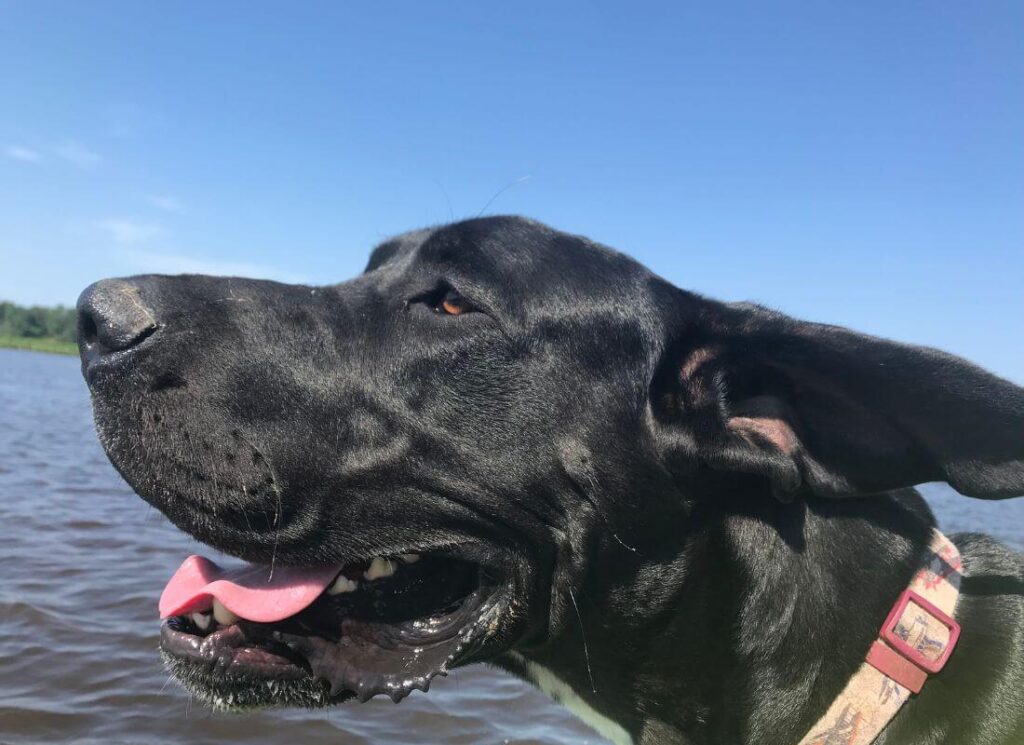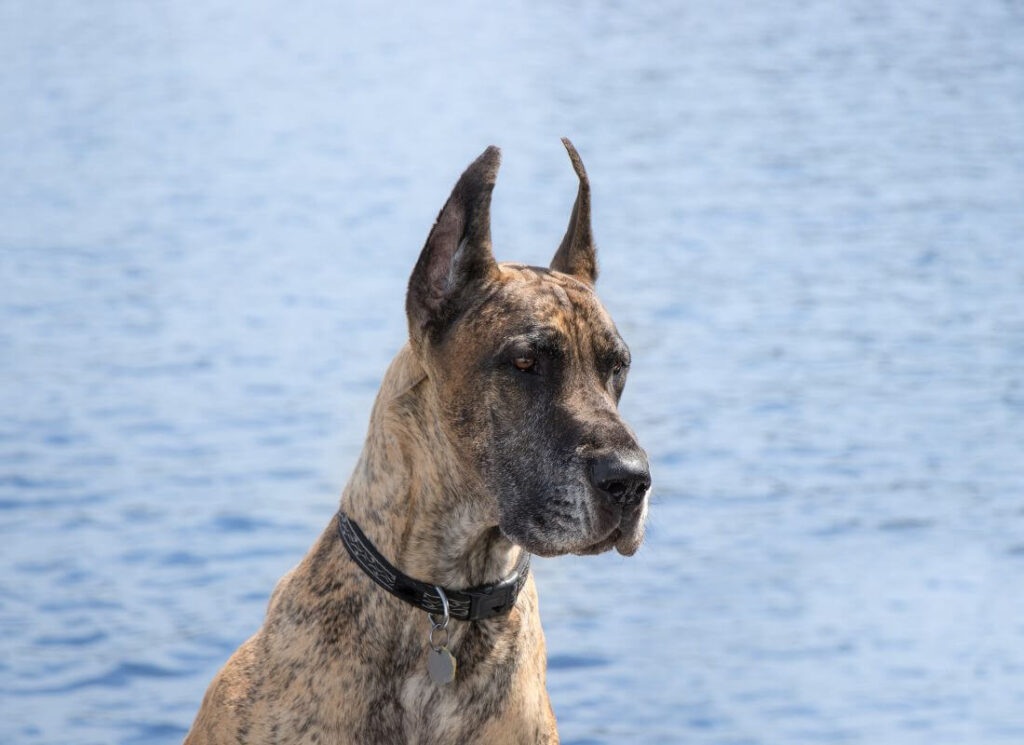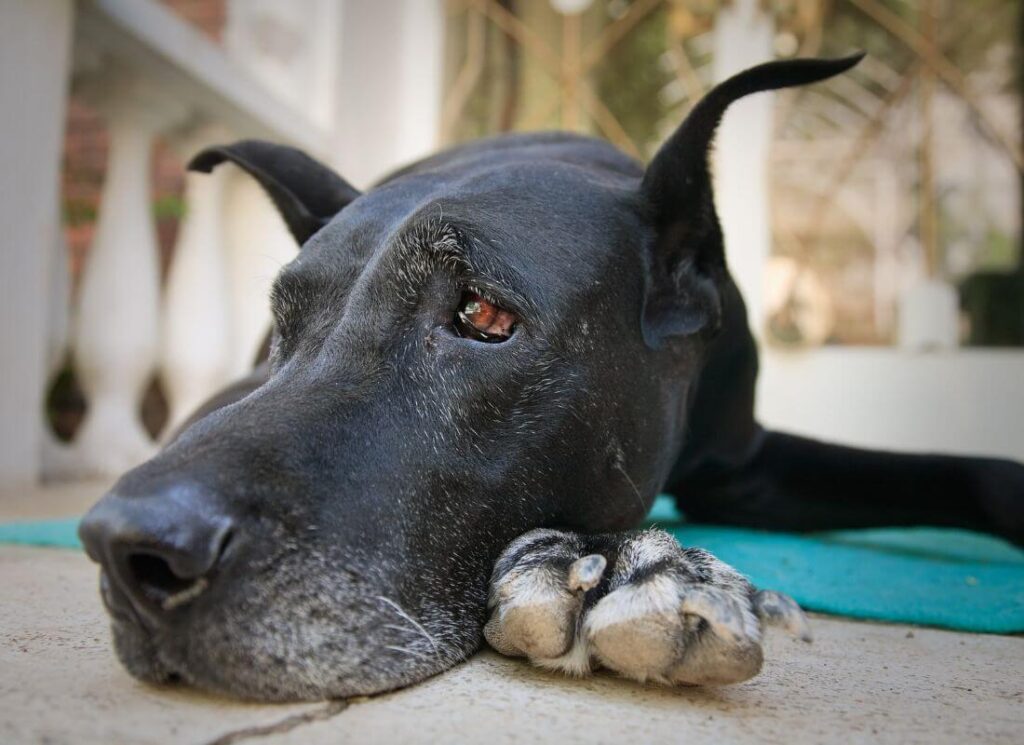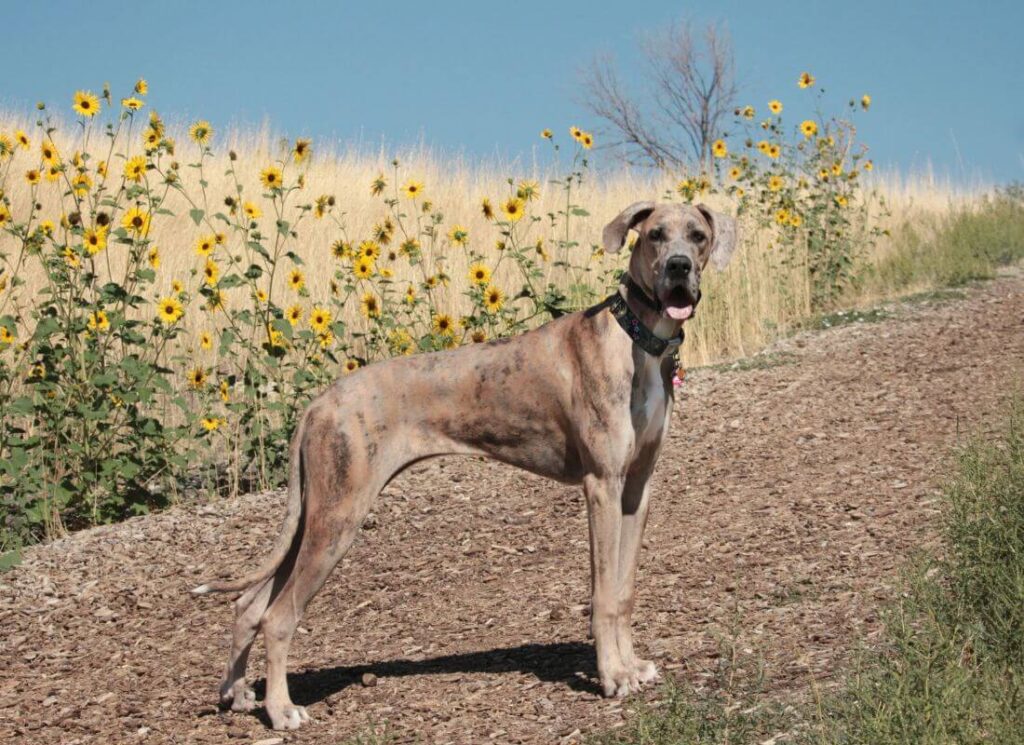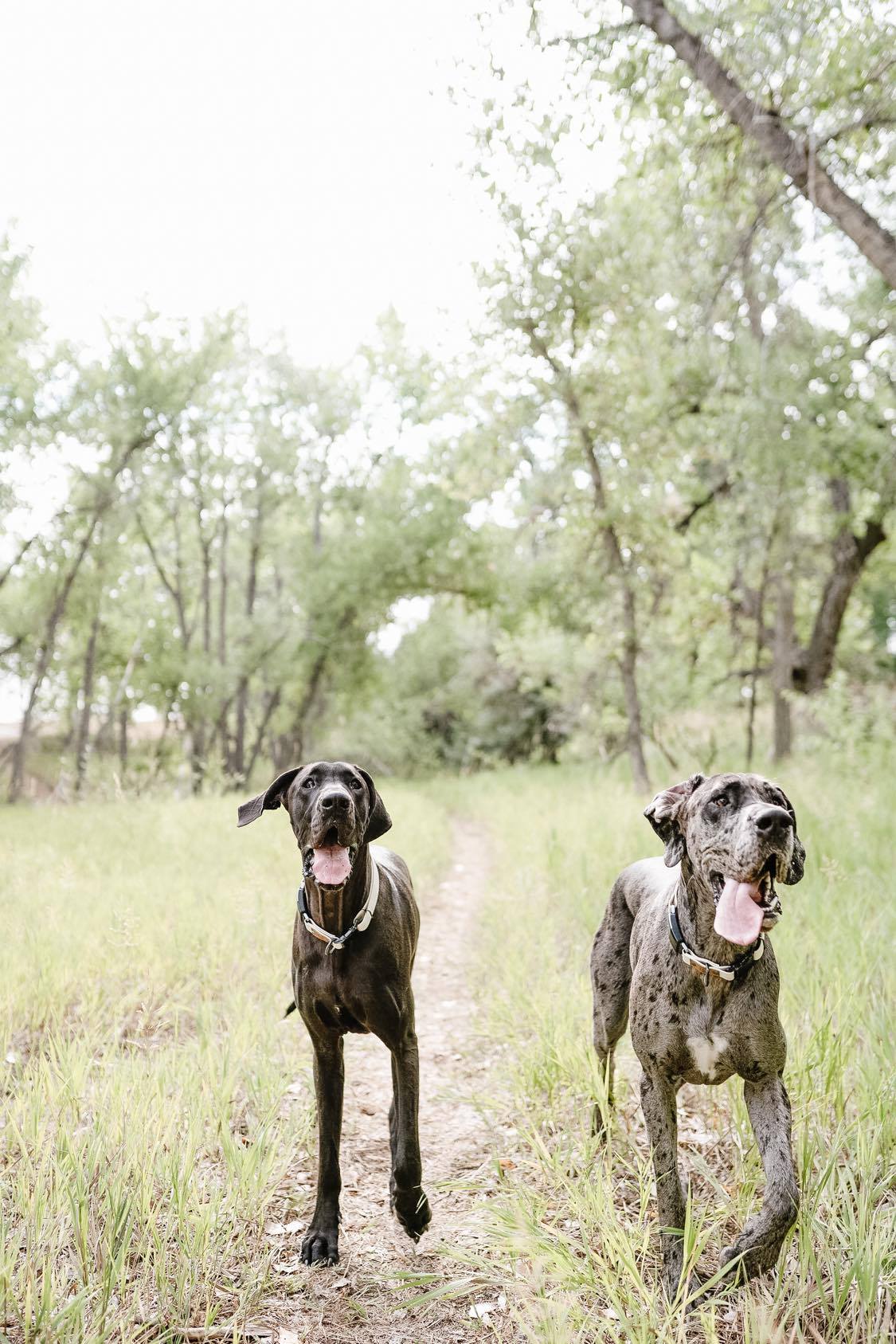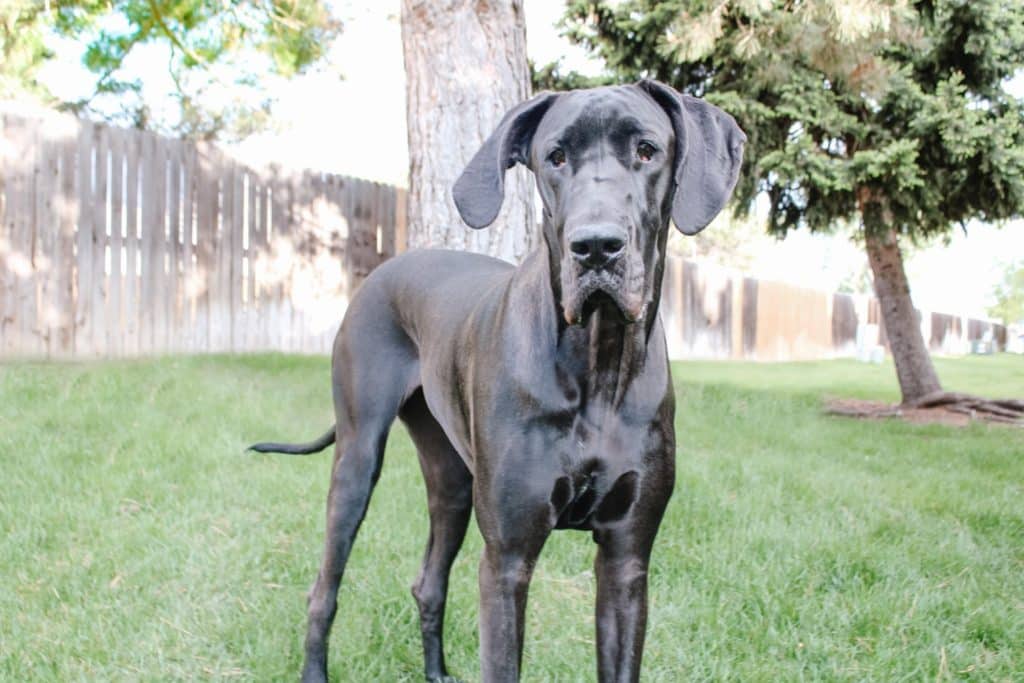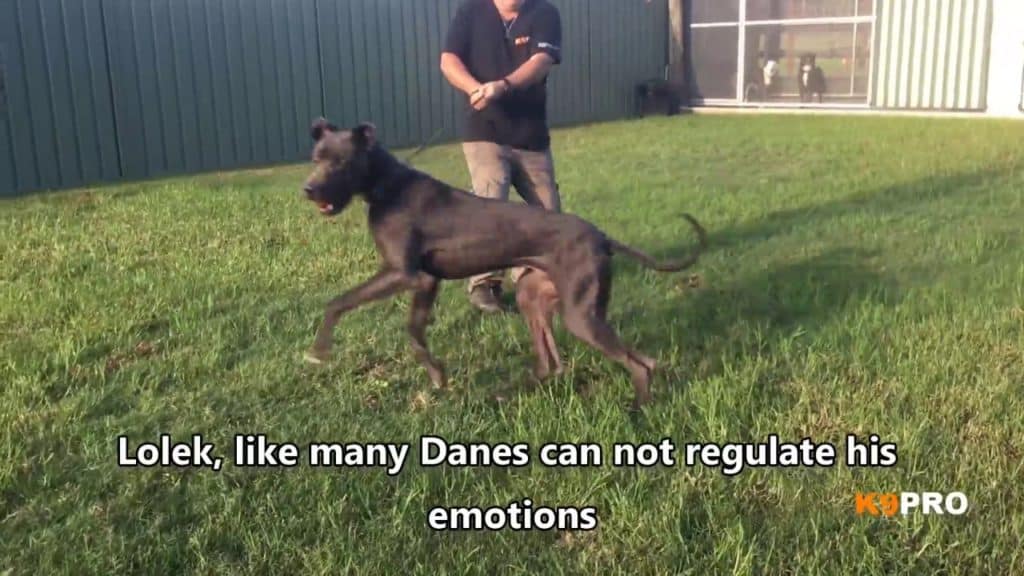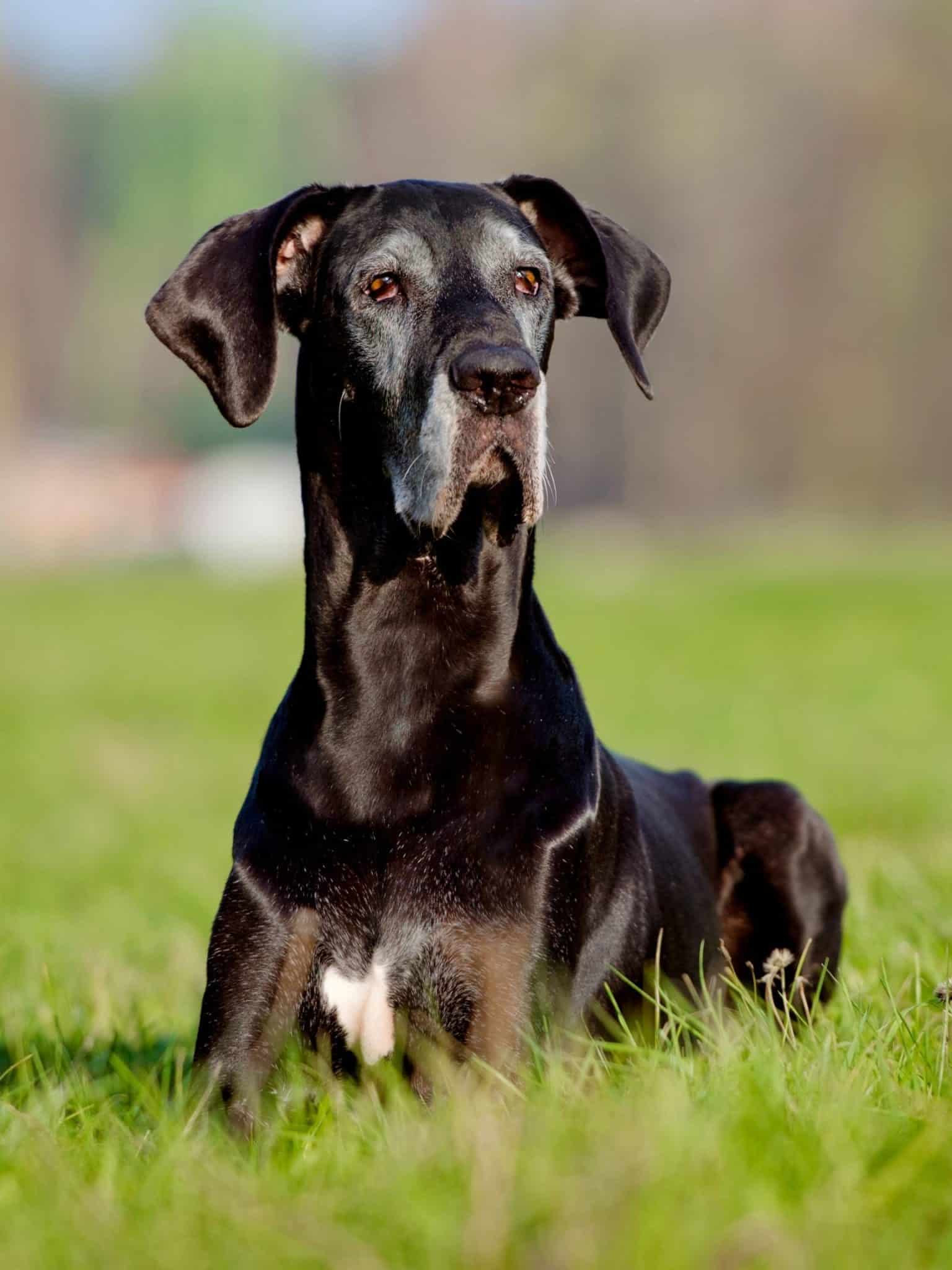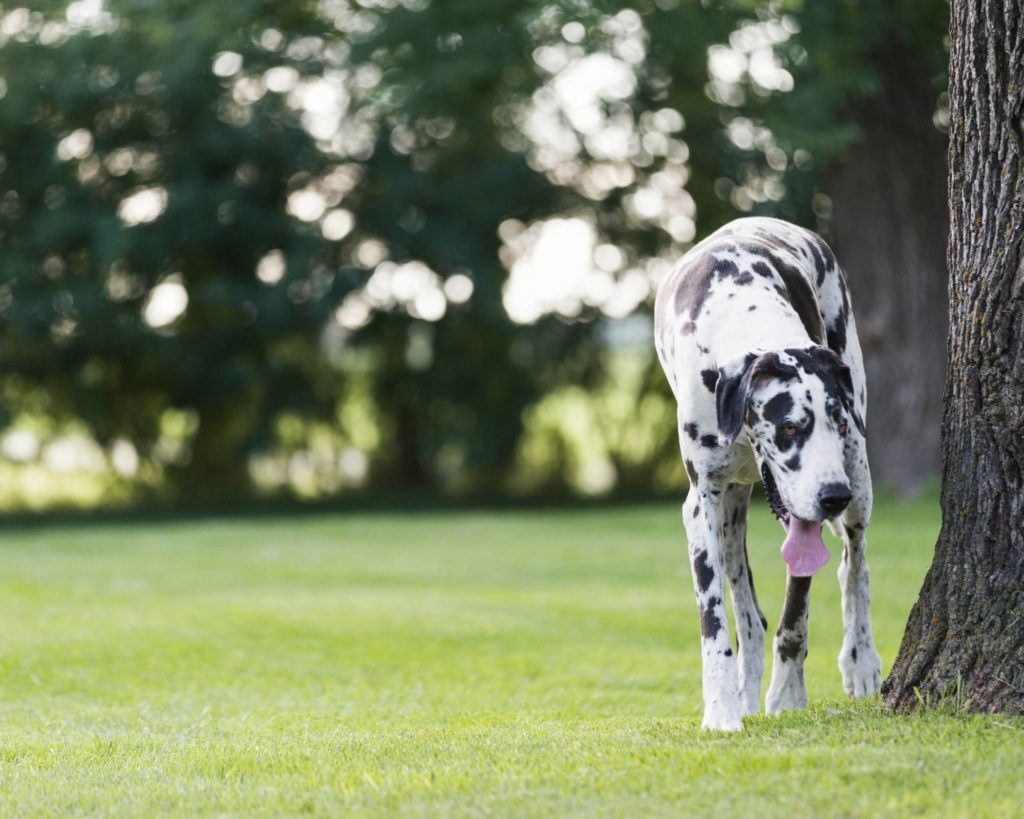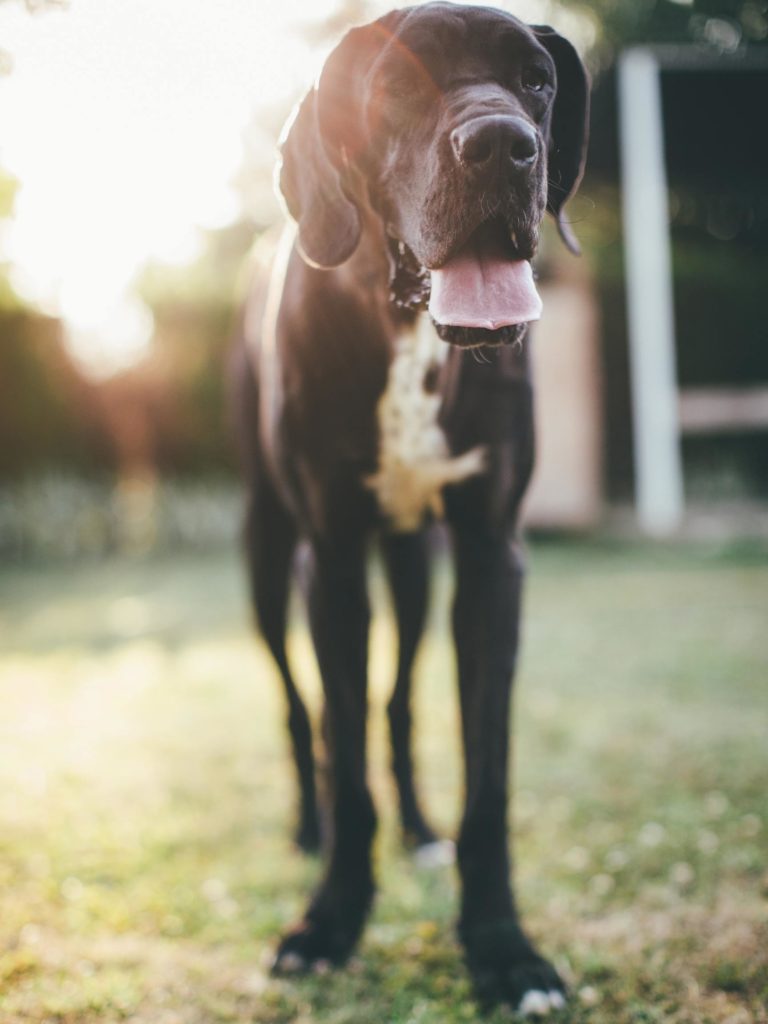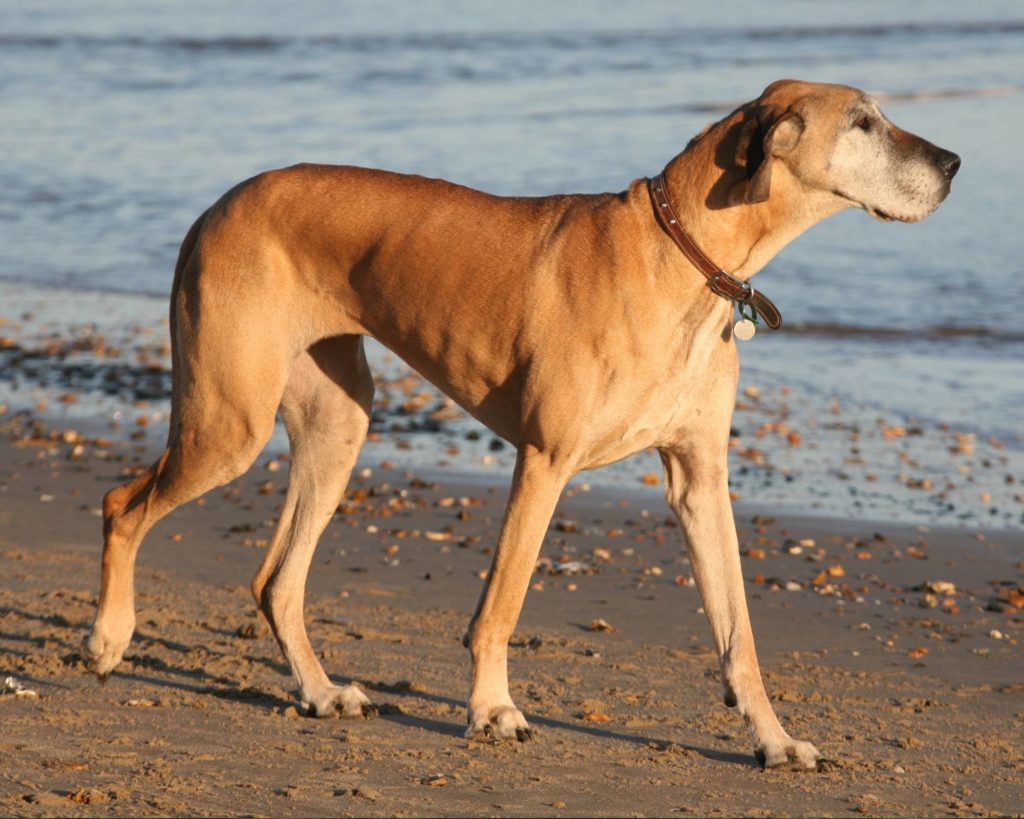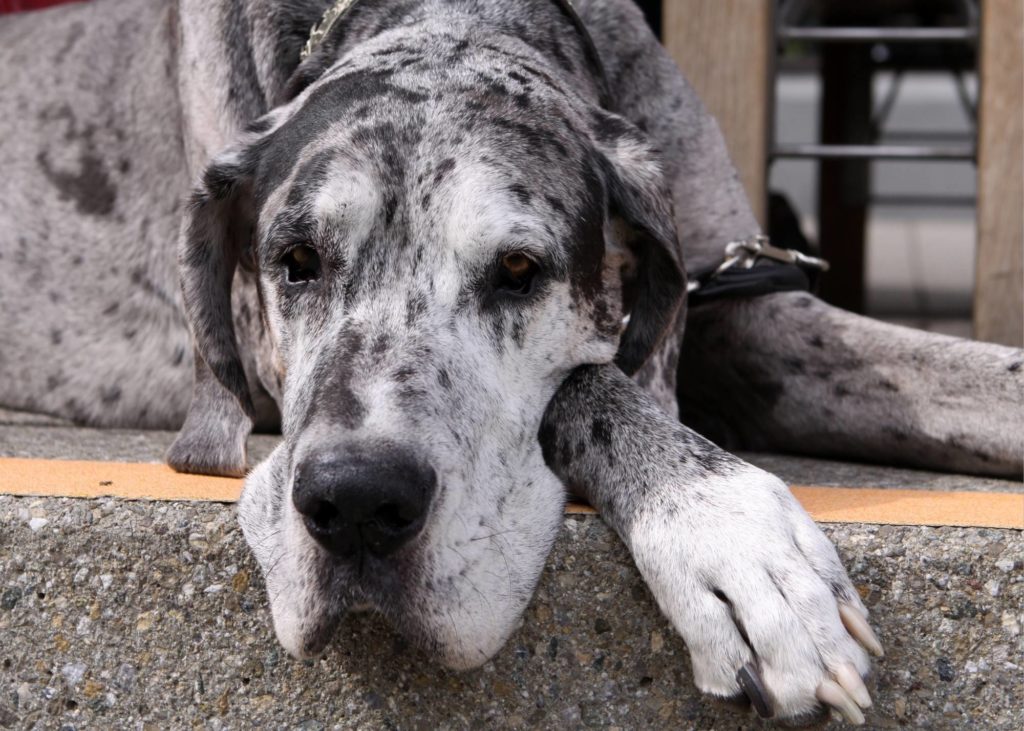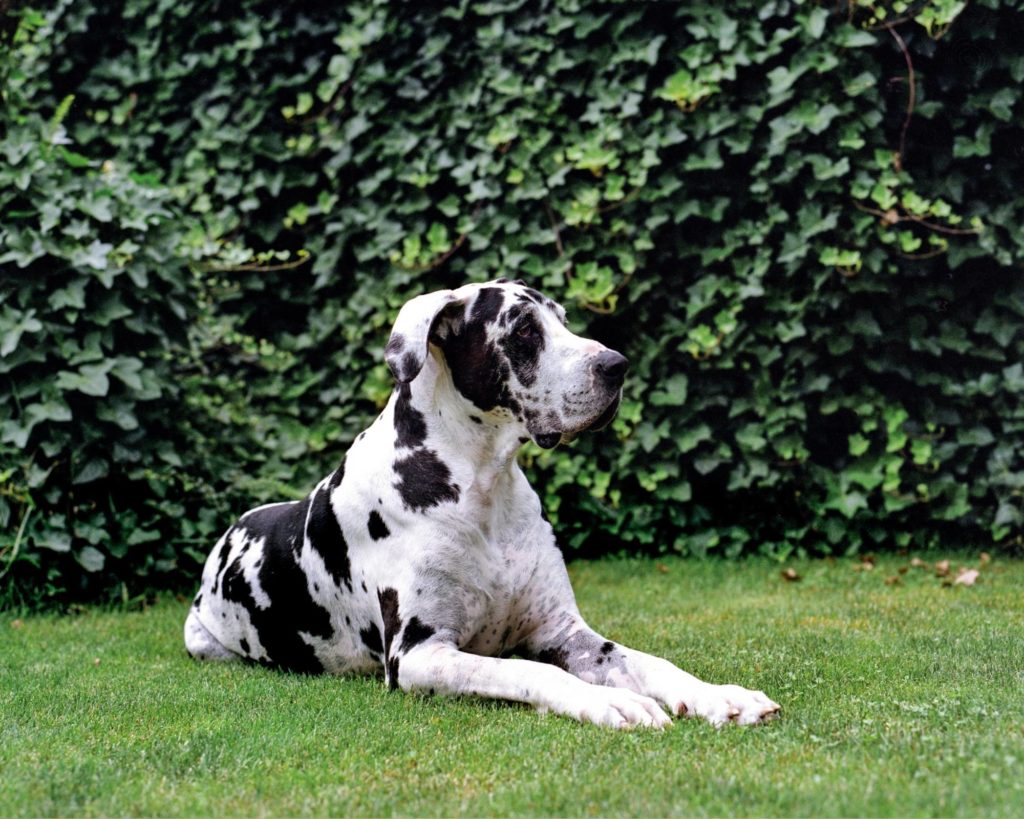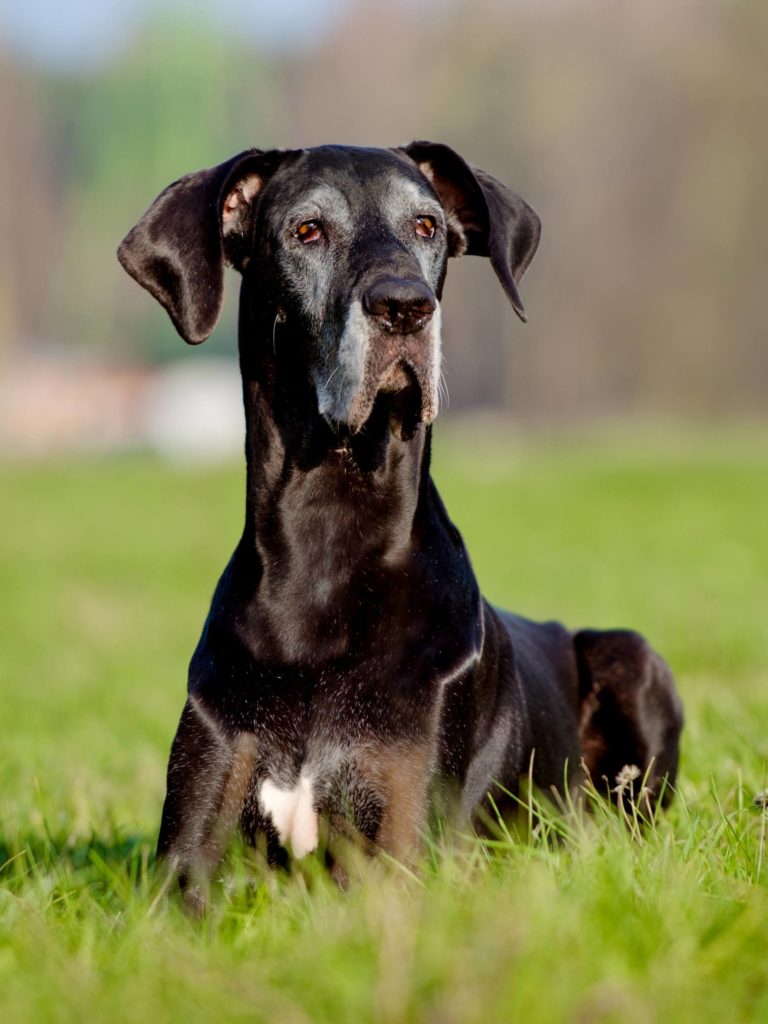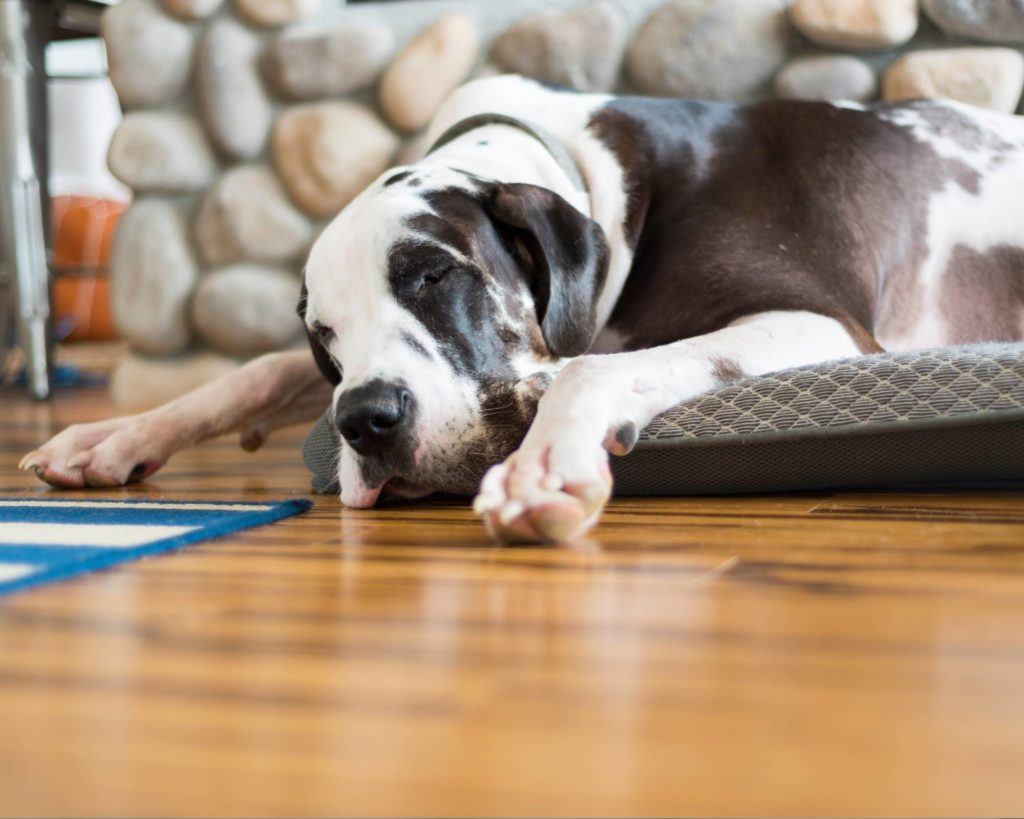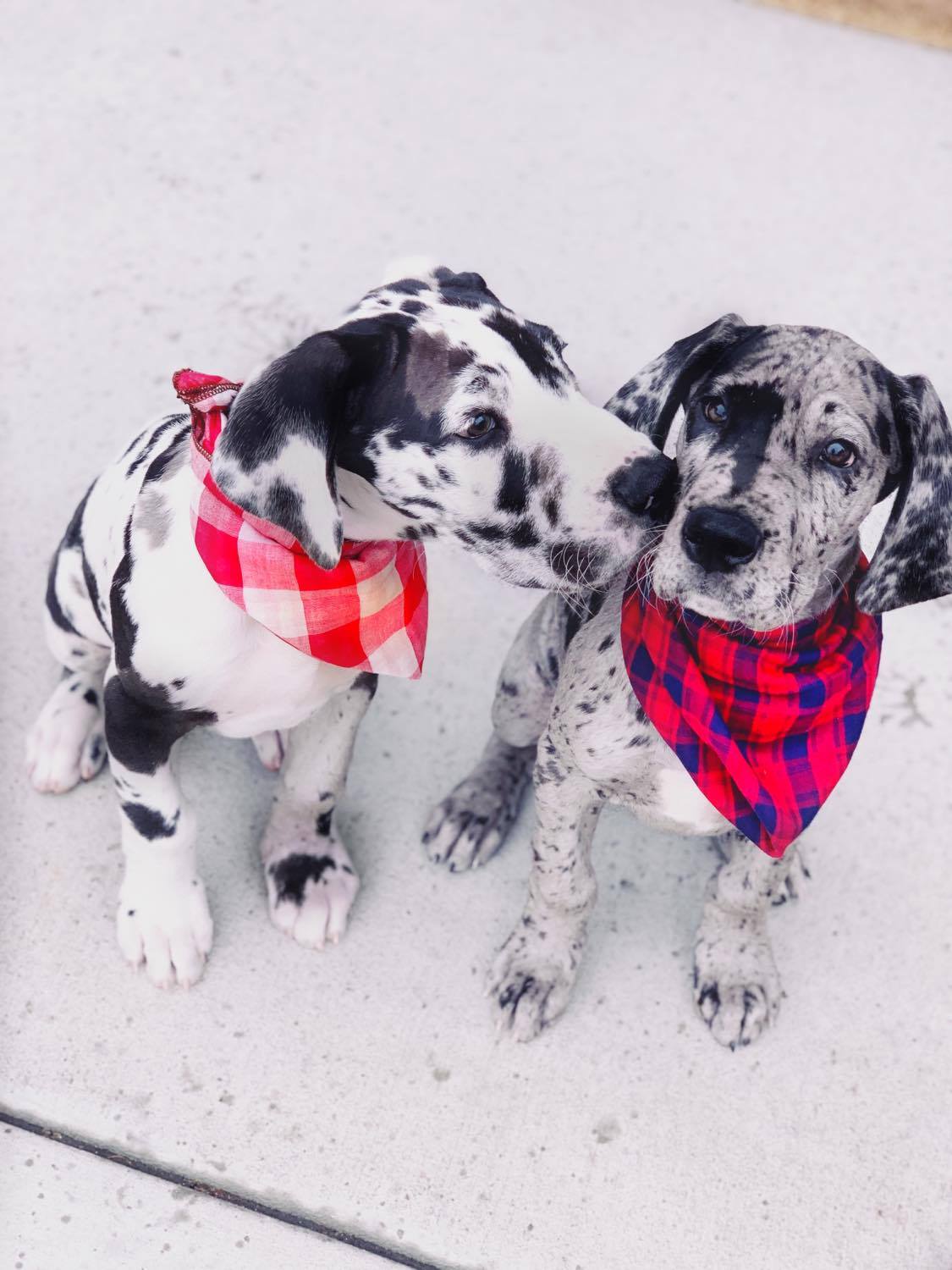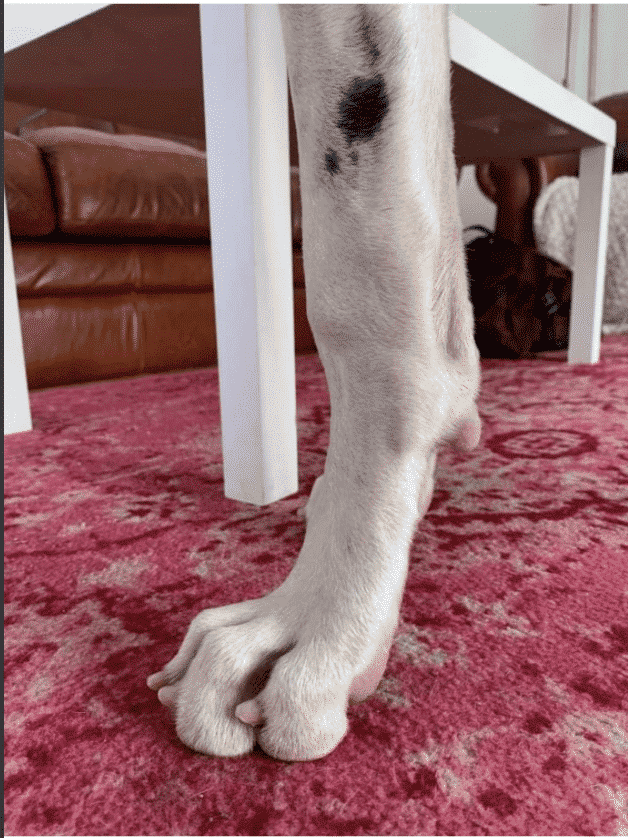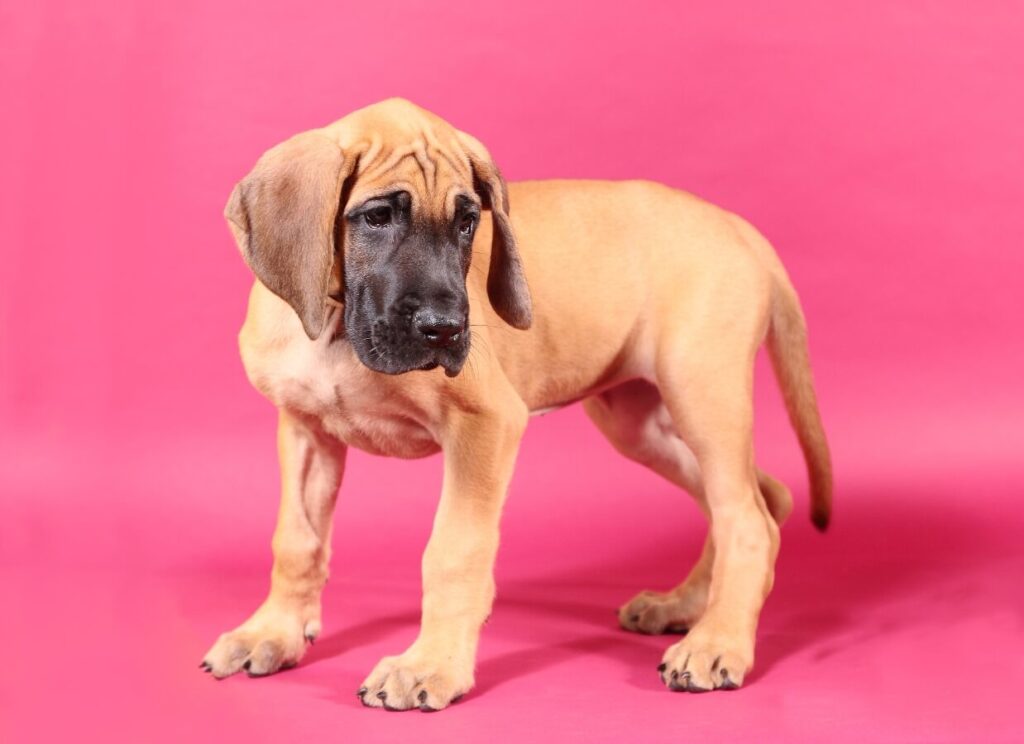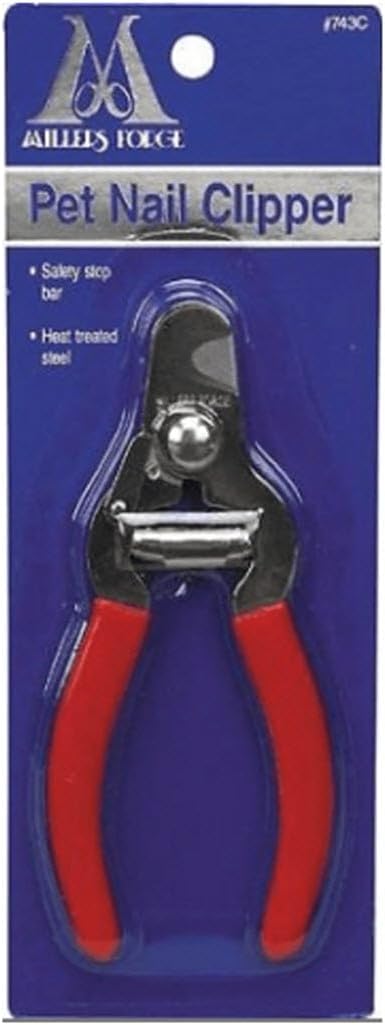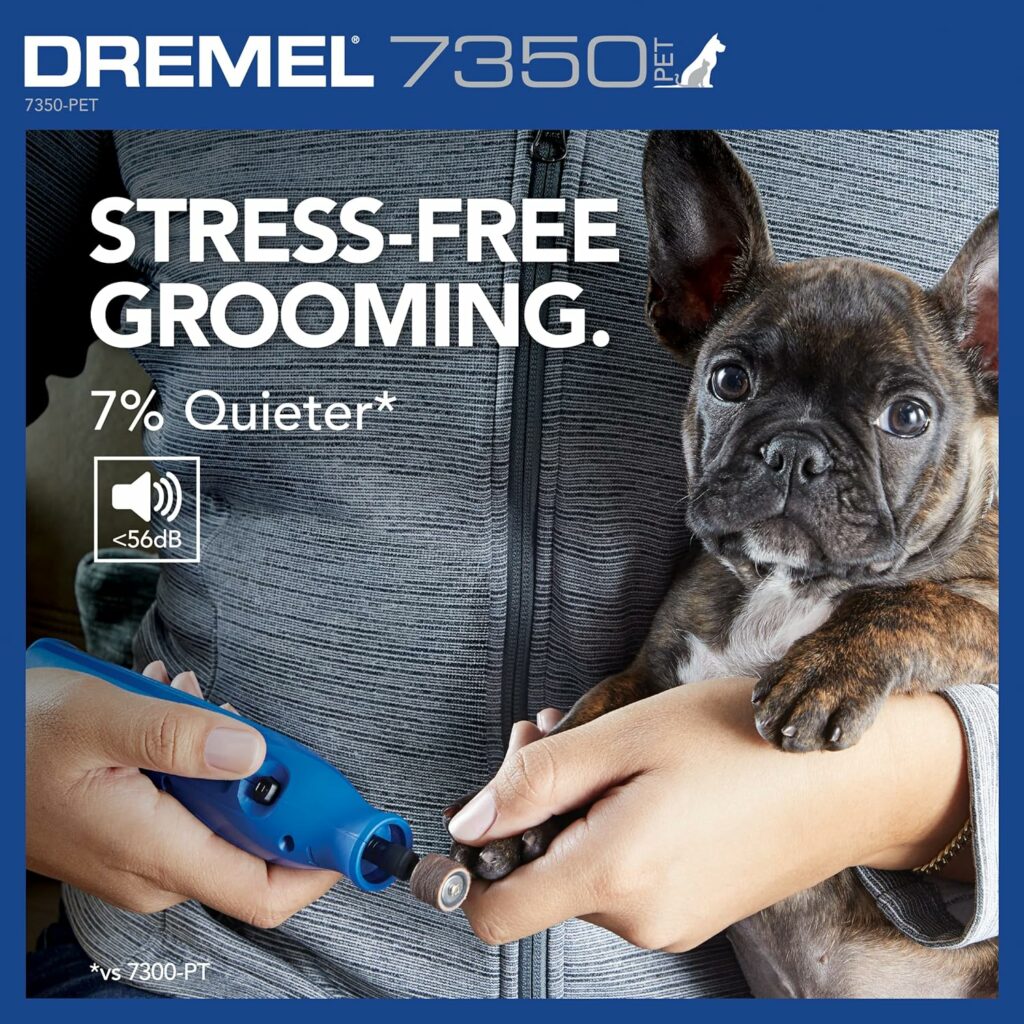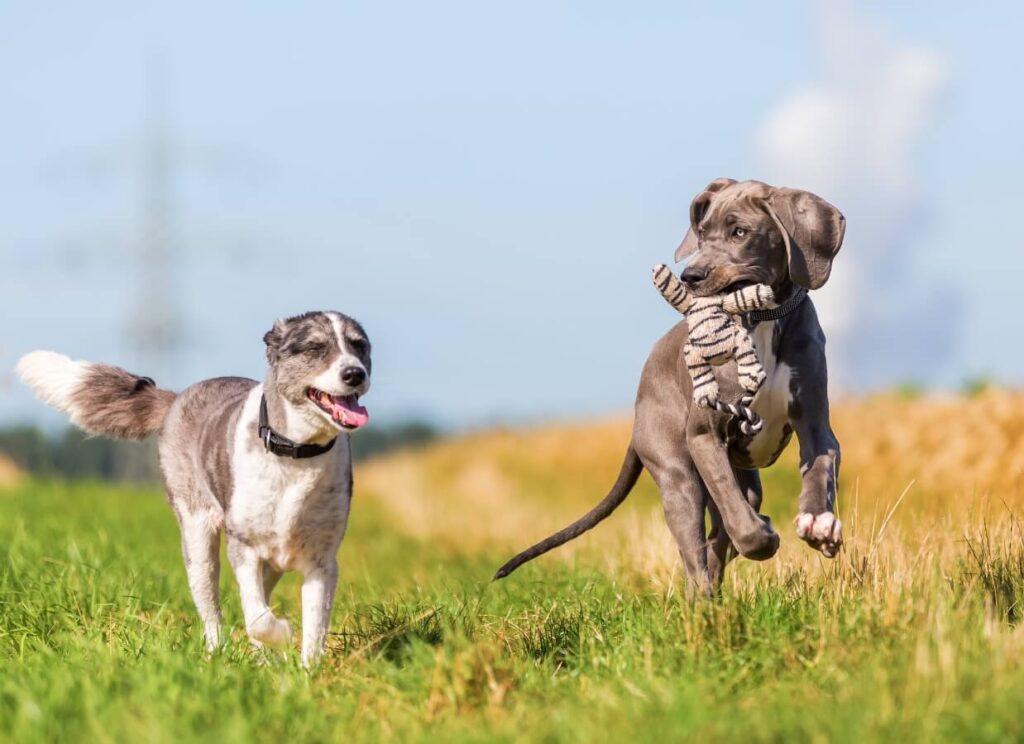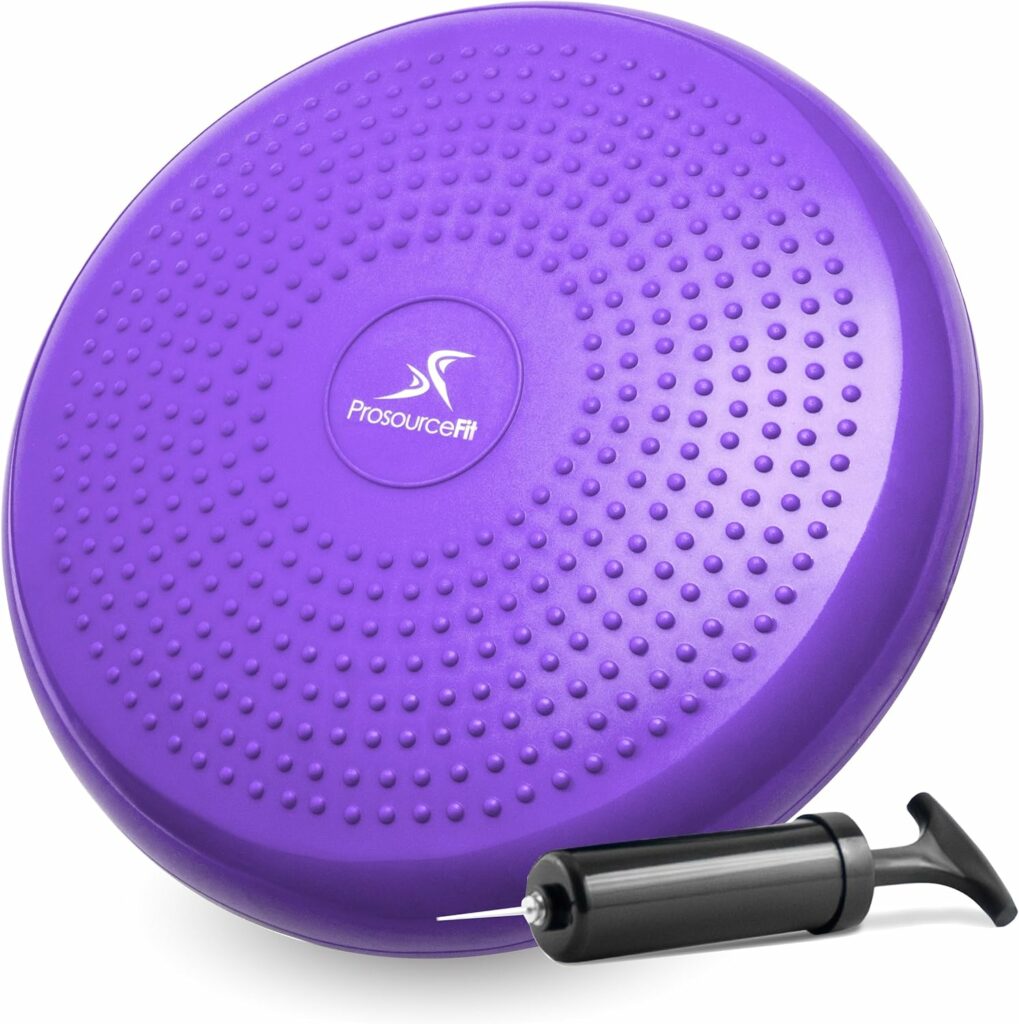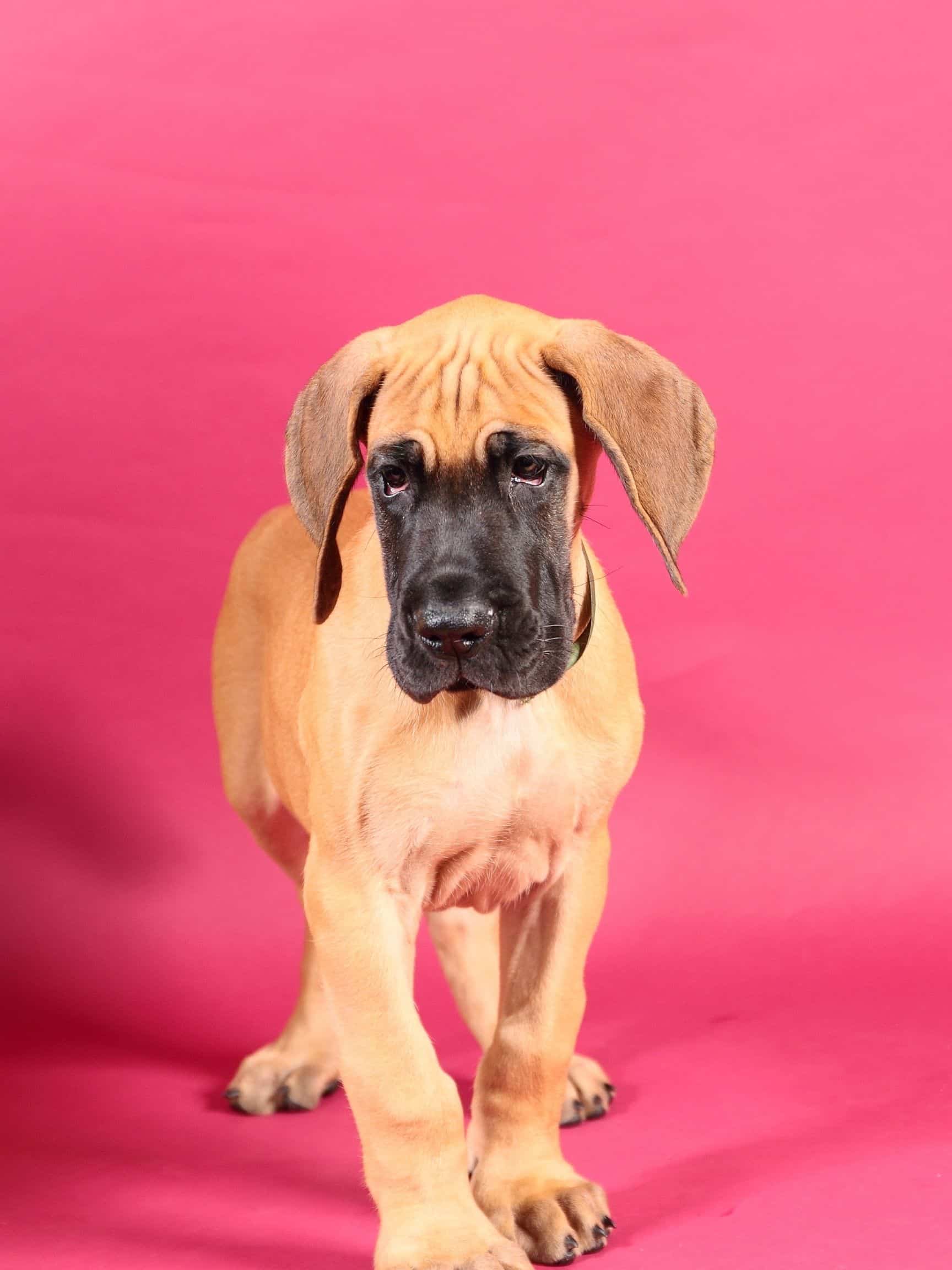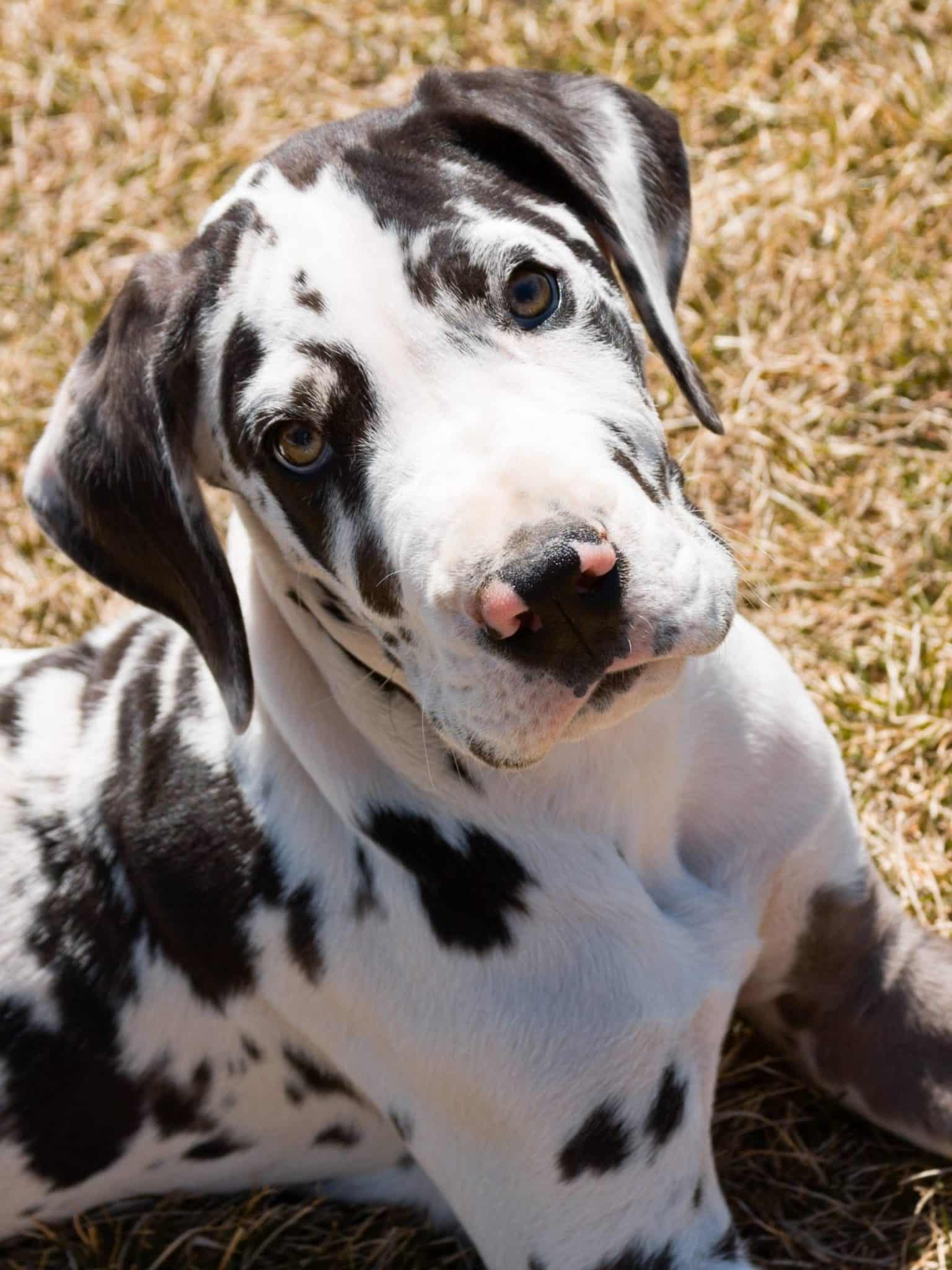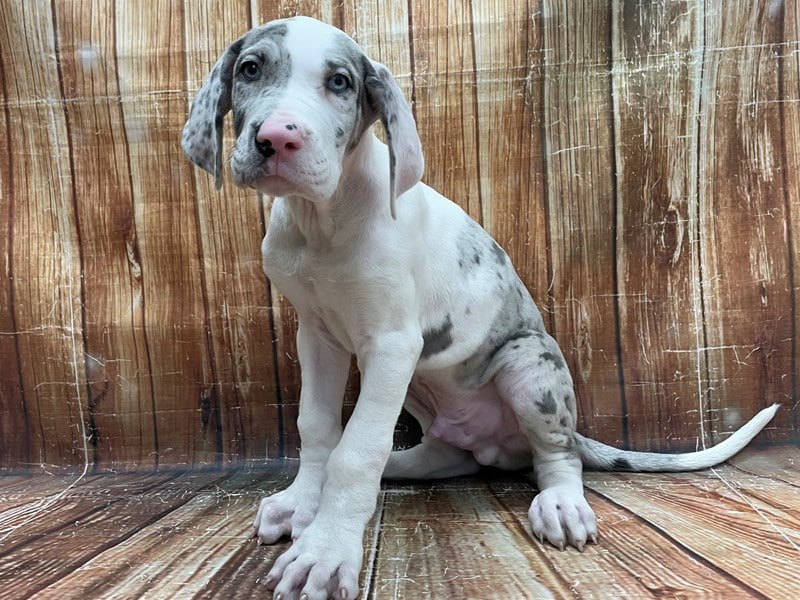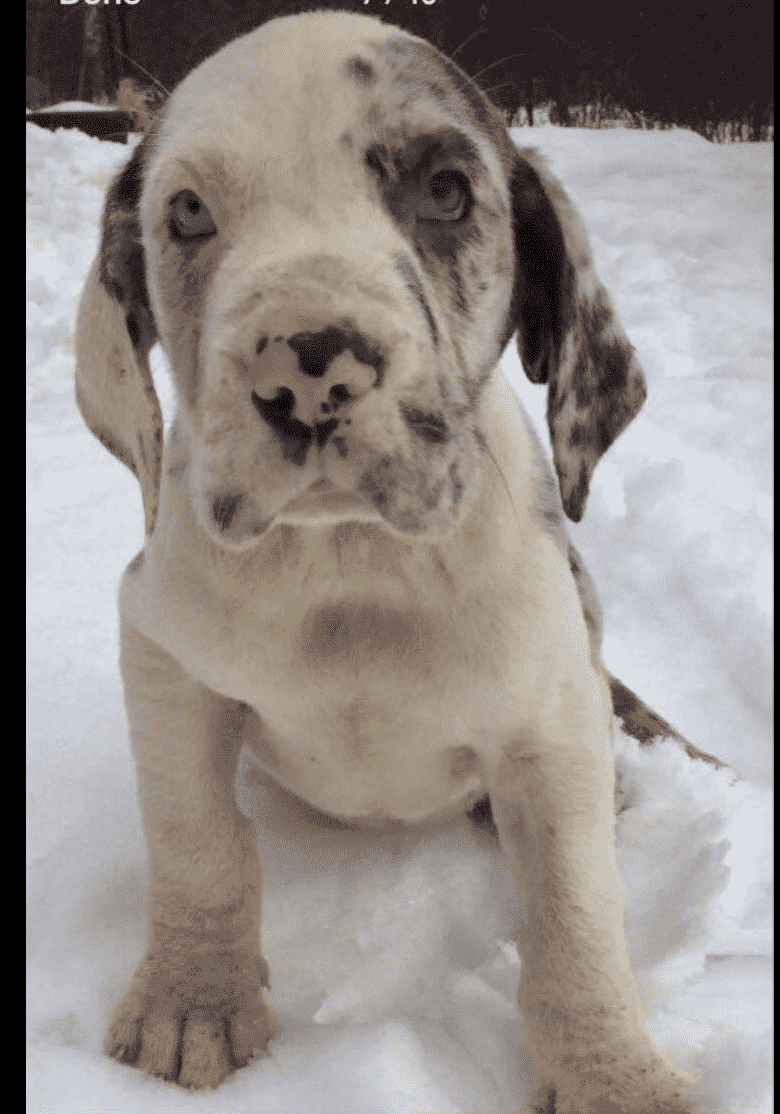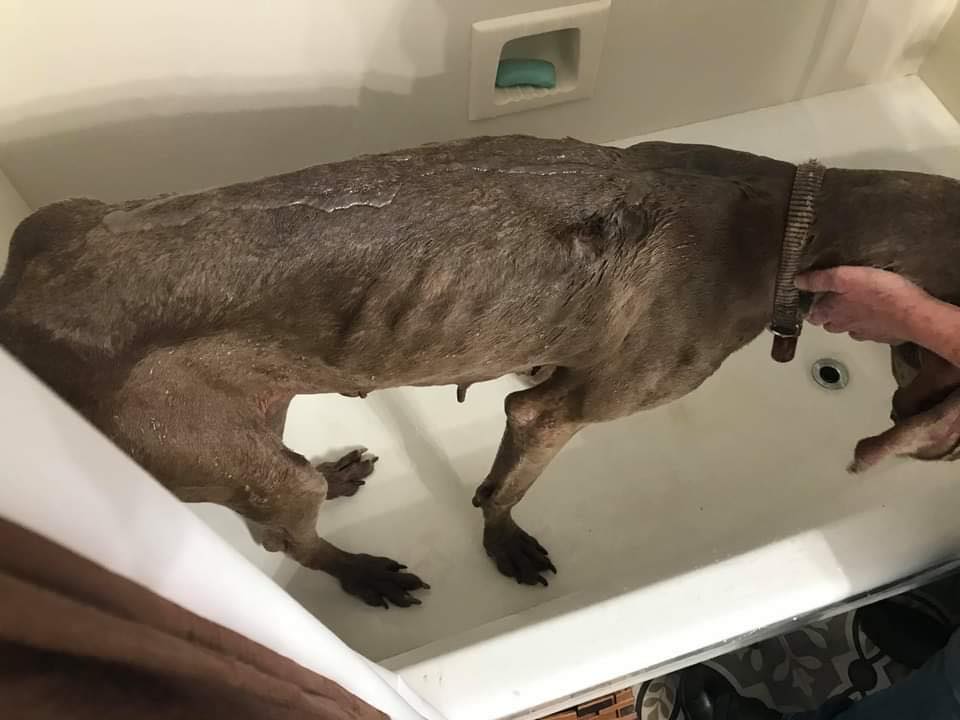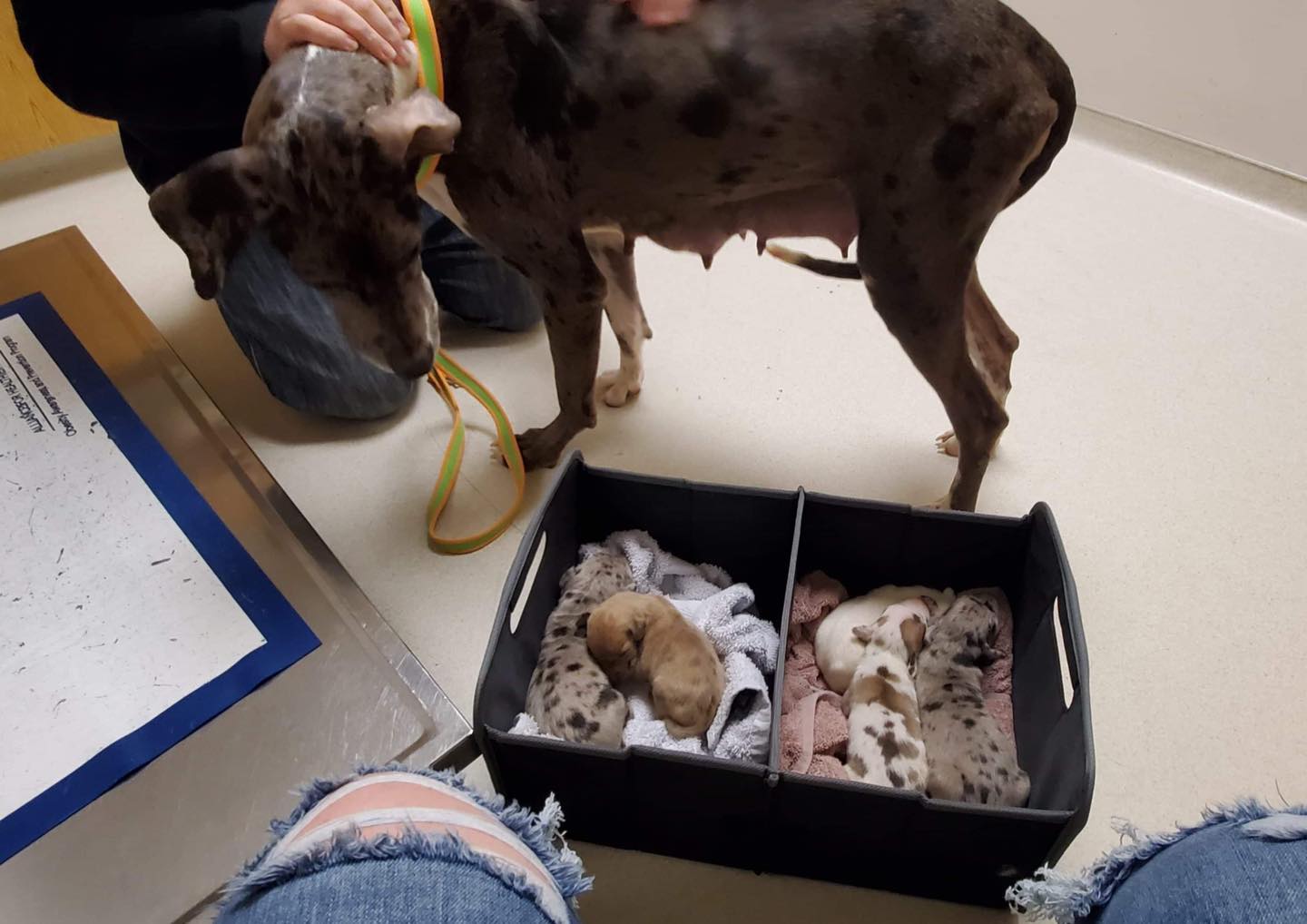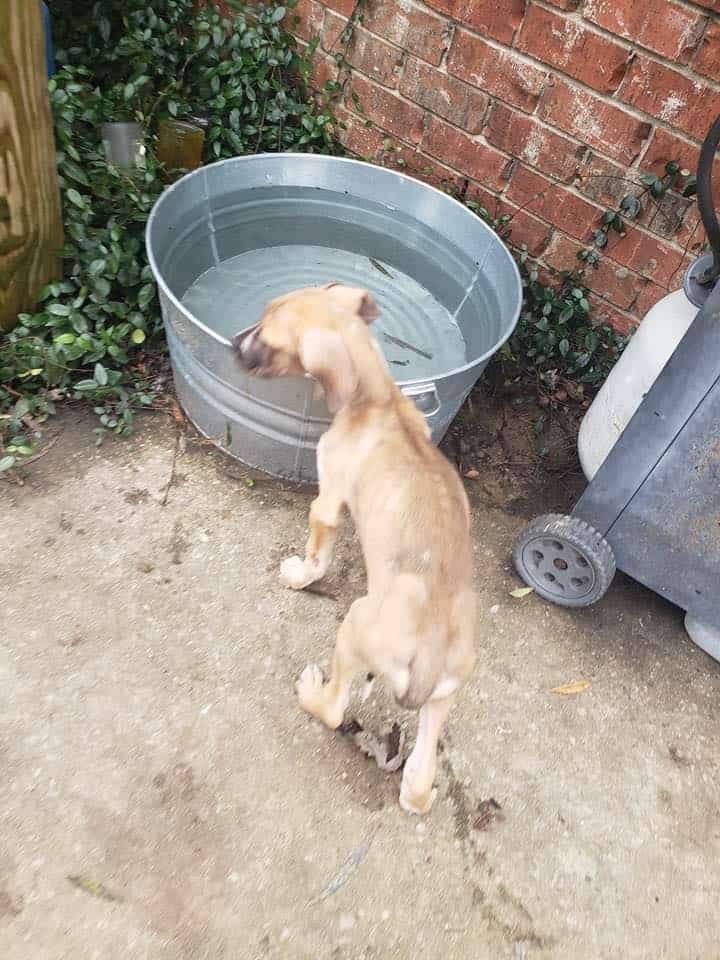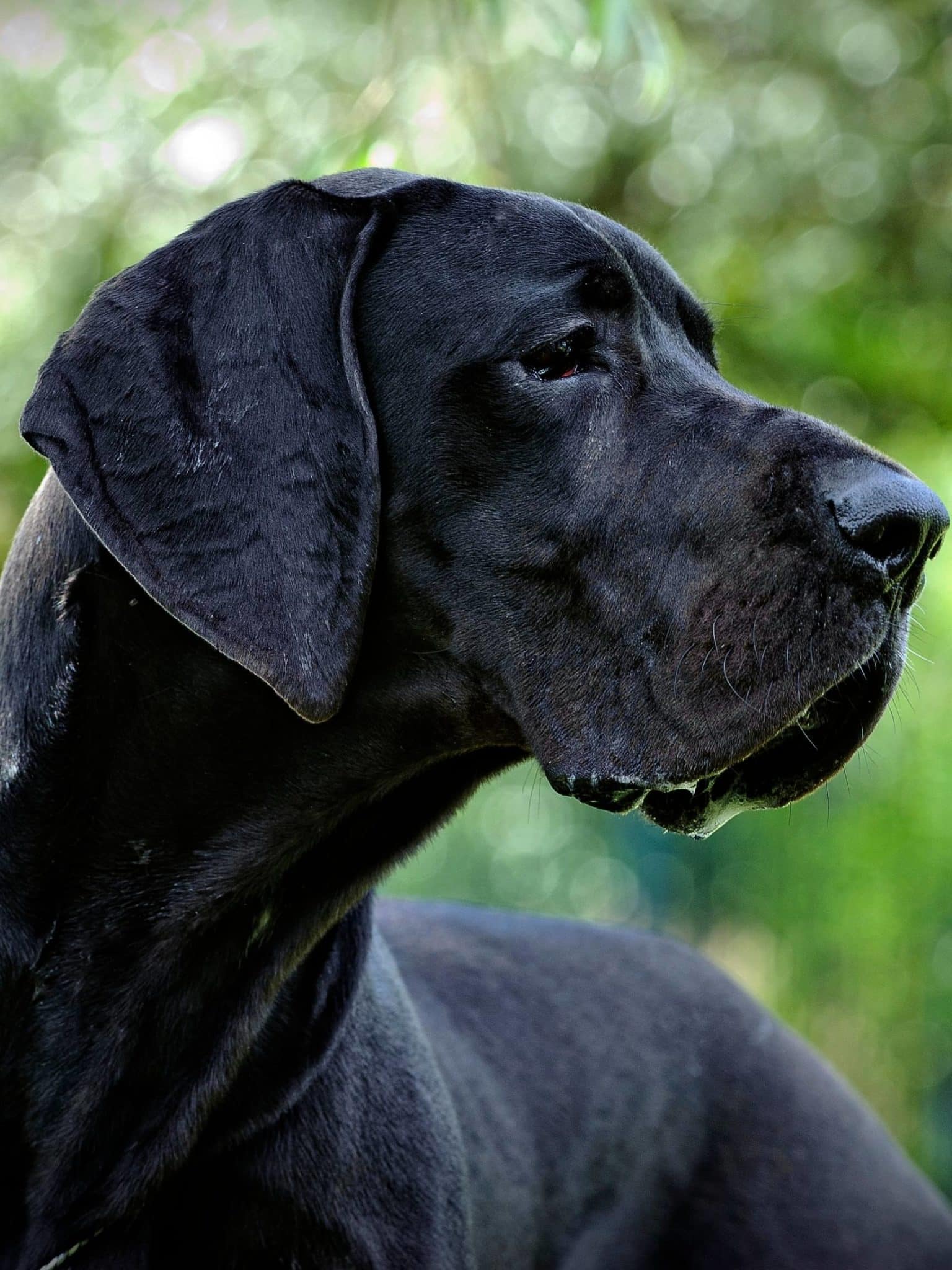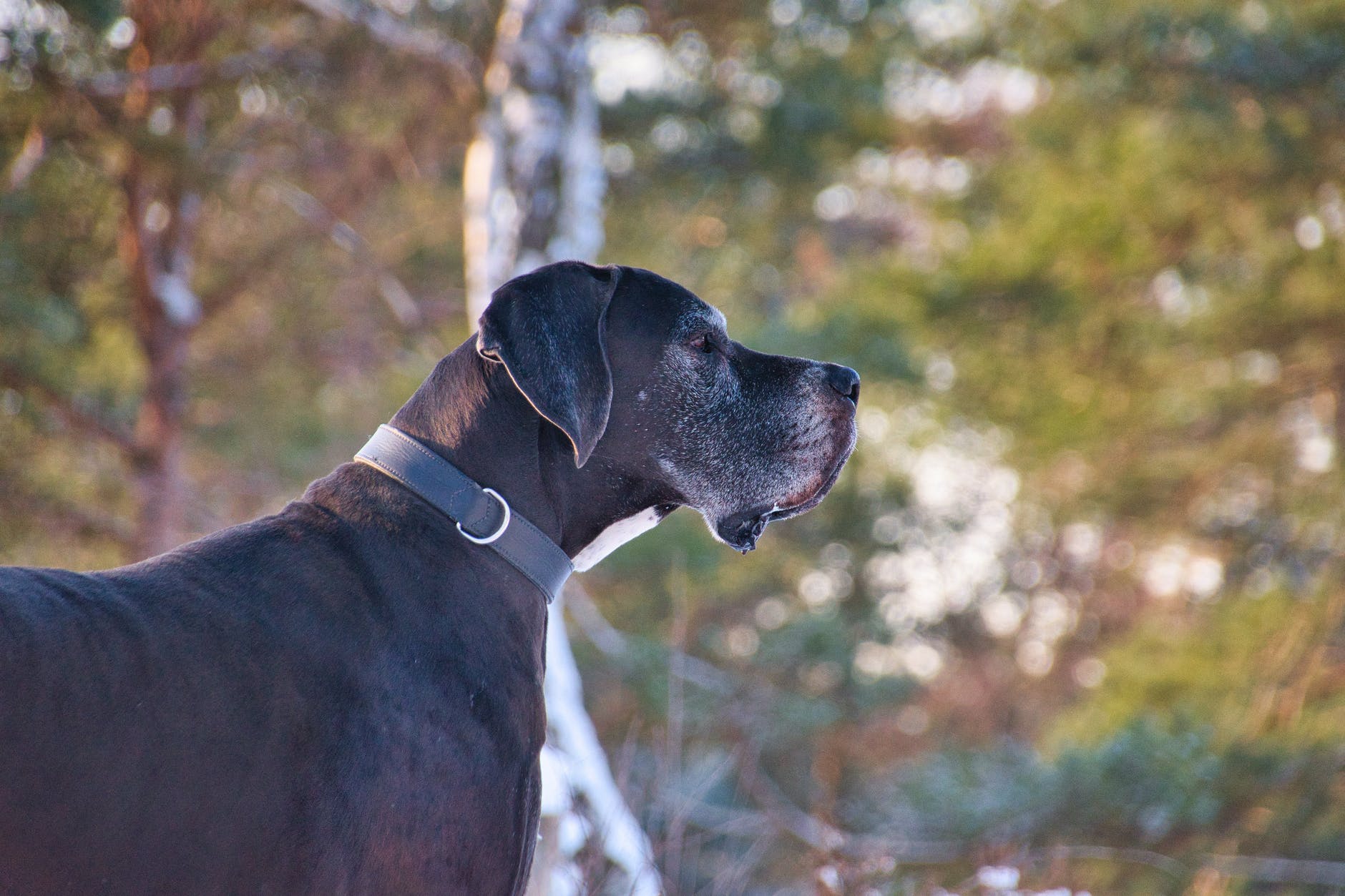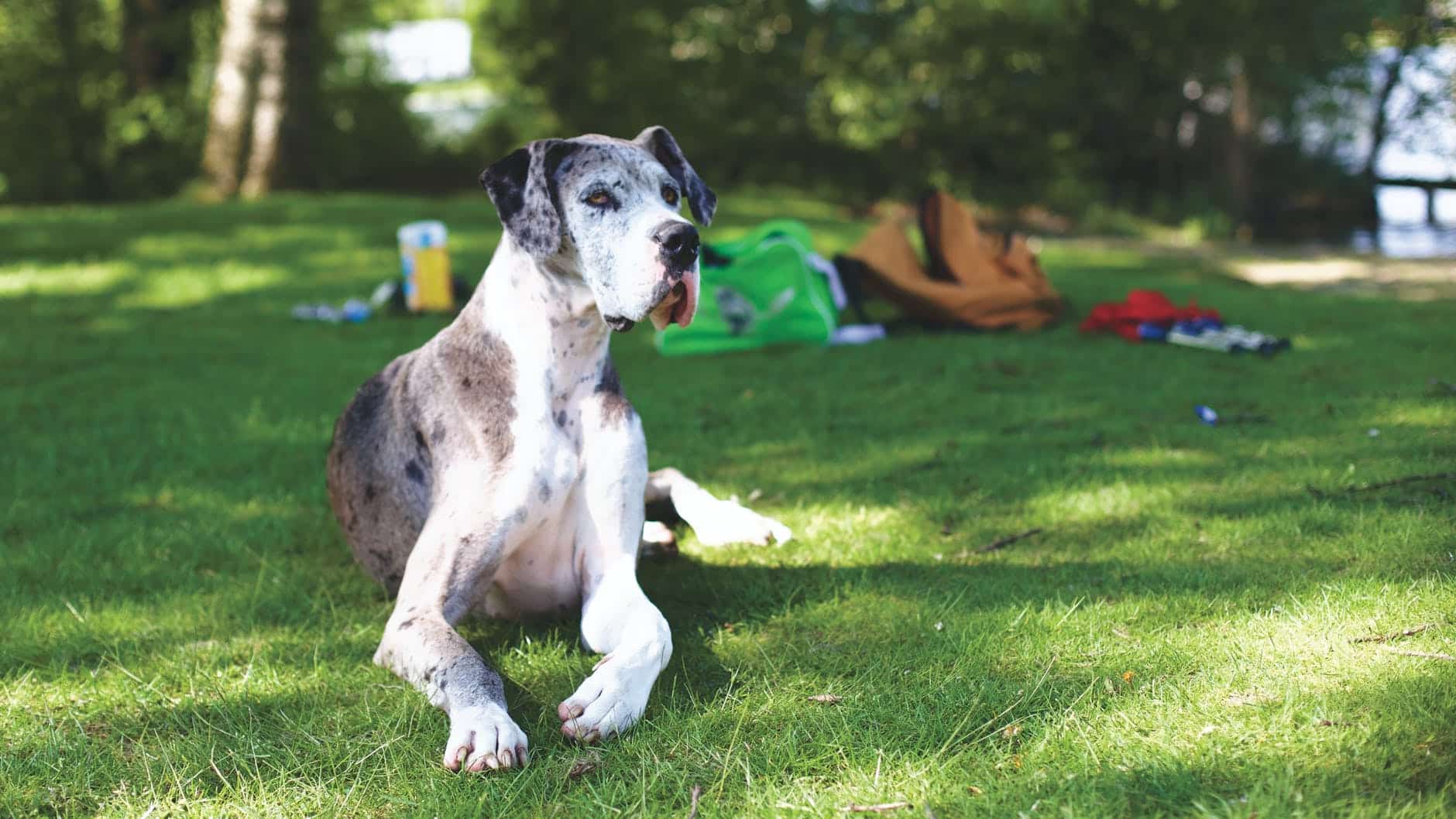There are many tools used in dog training (leashes, treats and crates come to mind), and some are more controversial than others. If I had to take a guess, I’d say that the E-Collar tops the list of most controversial training tools.

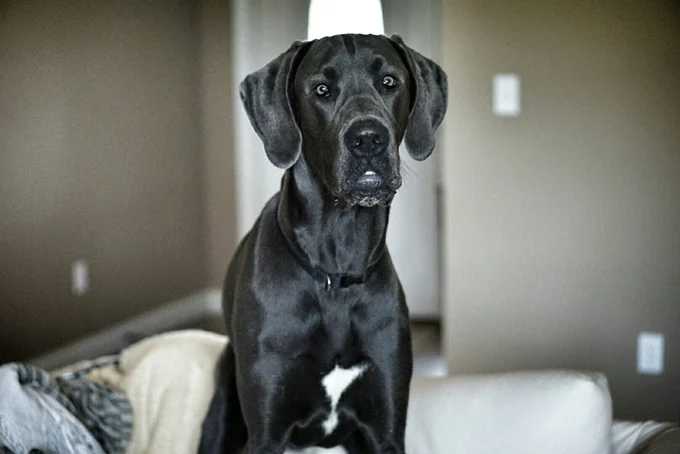
E Collar Myths
What is an E Collar?
What is the Difference Between an E Collar and a Shock Collar?
9 Reasons to E Collar Train Your Great Dane Puppy
Just like any other tool (including leashes and yes, treats) mistakes and incorrect use can have serious consequences for a dog. Confusion, fear, frustration, aggression and health problems can result from outdated or misguided training methods.
Today, we’re chatting about some common E-Collar mistakes so that you can avoid them with YOUR dog! We believe in the modern, positive use of E-Collars as a remote invisible leash and want to change the way people think about them for the better.

E-COLLAR MISTAKE: TRAINING A DOG THAT DOESN’T KNOW ANY SKILLS
E-Collar training is going to be an exercise in frustration for dogs that don’t have basic skills down at a beginner level. Before E-Collar training begins, your dog should be able to execute the following commands in a low-distraction environment:
- Sit, Down, Stand, Touch
- Place (lay on a bed or mat)
- Leave it
- Drop it
- Wait (at the door)
- Stay (30 seconds)
- Basic leash manners (loose heel position)
- Come (in a low distraction area, 10 feet away)
These don’t have to be perfect, but the dog should know them and understand ‘how to learn’. It’s ok if your dog is unable to do these things outside of your home or yard, just yet.
Puppy Training: 5 Mistakes in Training
Great Dane Puppy Fear Stages
How to Stop a Great Dane from Jumping Up
How to Teach a Great Dane to Walk on Leash
Is the Gentle Leader an Abusive Tool?
Why is this important? Because it shows three things: one, that the dog knows how to learn (and you know how to teach it), two that the dog has foundational skills to build upon, and three, that your dog has built a positive relationship with you as the handler.
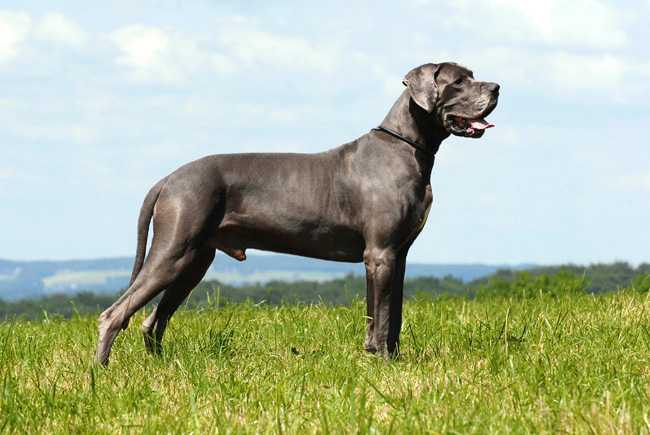
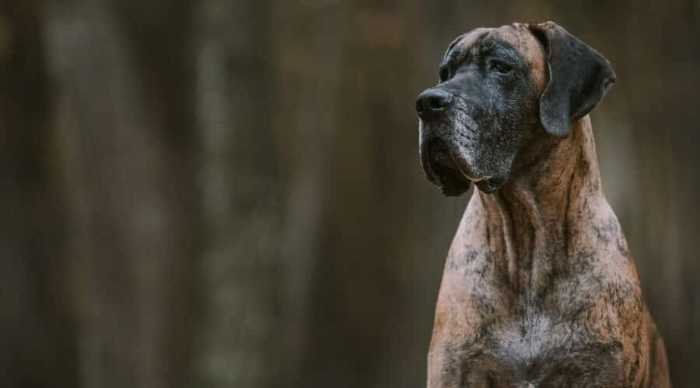
We do not care what crackhead alpha dominance franchised reality television dog trainer you learned from that told you otherwise, the E-Collar should never be used to teach basic obedience commands. All of these things are extremely easy to teach in your living room using nothing but praise, treats and toys.
Always start there! The foundation you build will pay off with advanced obedience down the line.
E-COLLAR MISTAKE: THE EASY BUTTON
Unfortunately, this is the most COMMON mistake in the world of E-Collars, and the reason why so many people are against this tool.
The E-Collar is NOT an easy button.
You should never, ever slap a shock or E-Collar on a dog and start zapping them when they step out of line.
2001 called and they want their dog training back. Seriously.
A proper E-Collar has so much more potential than this…and so does your dog!
Don’t waste the amazing capabilities of the E-Collar as an invisible leash by resorting to poorly timed punitive corrections. Doing so may feel good in the moment, but it rarely addresses the root cause of the behavior (fear, anxiety, prey-drive and a lack of training, boundaries and management).
RUN from any garbage trainer that puts an electric collar on your dog and encourages you to light up the remote for puppy biting, running away, reactivity, leash lunging, digging in the trash, barking or otherwise.
Look, we get it, you are frustrated…but take it easy. Meeting training problems with hot corrections and using the remote as a threat isn’t the most humane or effective route to solve behavior problems.
Lay off the easy button and come with us into the current decade of dog training, we are here to help you!

E-COLLAR MISTAKE: BUYING A SHOCK COLLAR
Newsflash, shock collars and E-Collars are TWO different things.
Shock collars are absolute garbage. They deliver a sharp, punishing electric shock and are meant to be used as a tool of corrections. See above.
E-Collars cost more (typically $199+) because they deliver a gentle, blunt muscle stimulation meant to be used as a communication, not a correction.
If you are struggling with behavior, buying a shock collar may feel like the last resort option, but we promise you, the properly used E-Collar can help you with behavior AND more…all without unfairly punishing your dog.
We know those cheap $30-$50 shock collars on Amazon are appealing as you watch your giant beast of a dog destroy the trash, lunge at a chihuahua and run out the front door…but we have a little secret.
Those are training and management problems, and attempting to fix them by hurting your dog is a bandaid. Plus, properly used E-Collars offer so much more. Off-leash freedom, better communication and a happier dog that truly understands what is being asked. We want you to have this and more.
View our collection of high-quality E-Collars HERE.
E-COLLAR MISTAKE: SKIPPING THE CONDITIONING PHASE
Many people view E-Collars as a punishment tool, and are completely misinformed about the power of using it as a positive communication tool.
When the stimulation felt from the collar is associated with good things, through a process called E-Collar Conditioning, hundreds of doors open up for you and your dog.
The dog is given a reason to LISTEN to the stimulation and knows how to respond to it…rather than learning to fear it (and run away from it OR the remote, yikes)!
When a dog responds positively to low levels of stimulation, you can communicate with your dog in a much more powerful way than you can by waiting to shock the crud out of your dog for messing up.
With correct E-Collar training, dogs are enthusiastically developing advanced off-leash obedience skills using a sensation that feels as gentle as a few ants crawling on skin. Not shocks or corrections.
That’s a fact. Do not skip the conditioning phase, it’s incredibly important. It’s also FUN, easy to do, and will turn your E-Collar into an invisible leash.
E-COLLAR MISTAKE: NOT USING POSITIVE REINFORCEMENT
Positive reinforcement using treats, praise and play is an integral part of developing amazing, confident, happy off-leash family dogs.
You cannot just put an E-Collar on a dog and zap them into submission.
TRUTH TIME: we are pretty angry with the low-life dog trainers who promote that nonsense, especially when they disguise it as ‘discipline’.
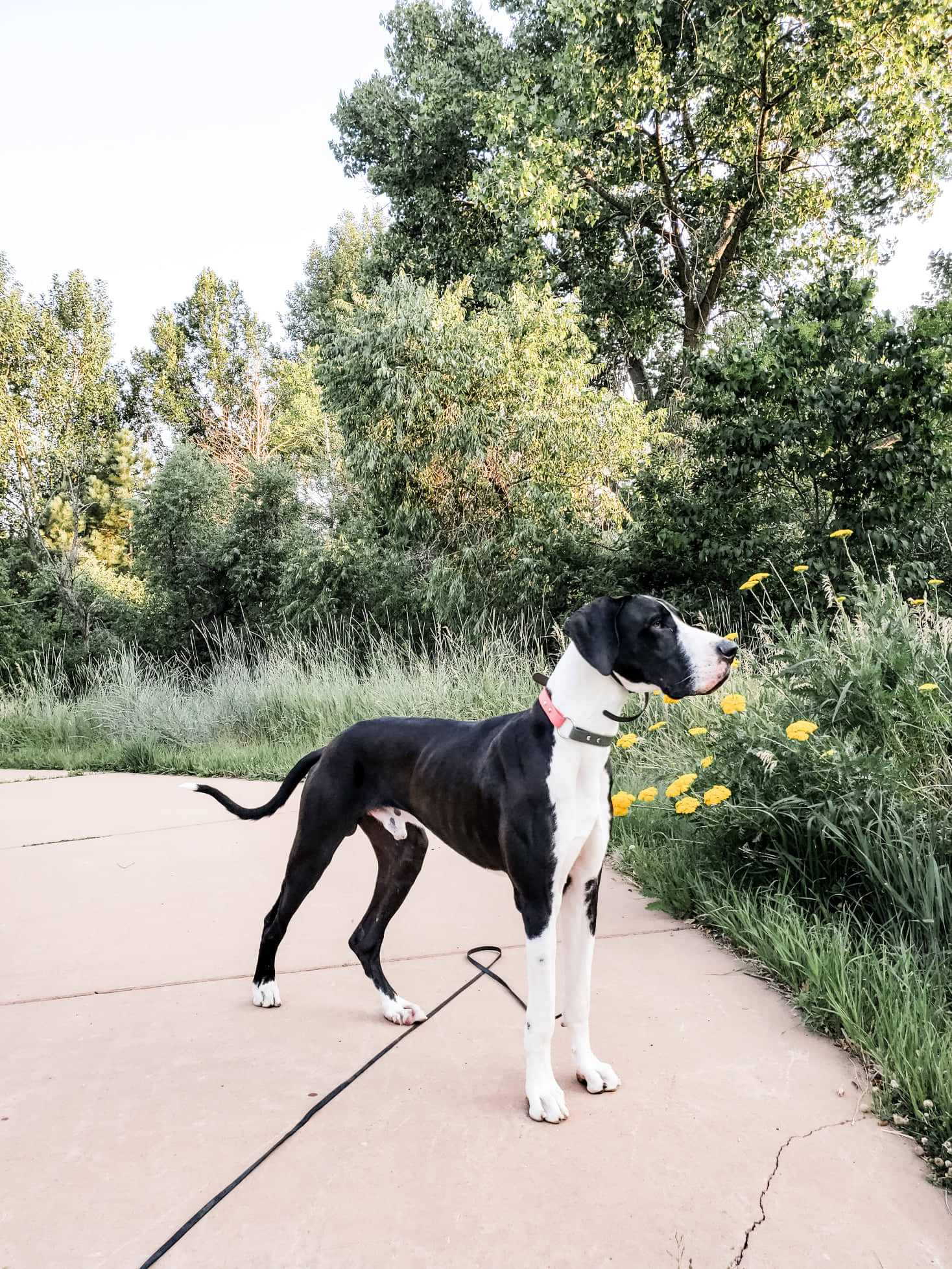
Dogs that are rewarded for correct behaviors learn faster and are more enthusiastic, predictable and well-balanced. Positive reinforcement is the scientifically studied basis for how ALL living things learn. Plants are rewarded for finding the sun. Children are rewarded for being polite in school. Humans are rewarded for hard work with cash bonuses.
Dogs can be rewarded with affection, food or a quick game of tug. All basic obedience skills are easy to teach using positive reinforcement. With effective E-Collar training, positive reinforcement is used to teach the dog how to respond to, and turn off the stimulation.
E-COLLAR MISTAKE: USING VIBRATE
Many people who buy a shock or E-Collar out of desperation to fix behavior problems will rely heavily on beep and vibrate.
They often say that they would never ‘use shock’ and that the vibrate gets the dogs attention. This makes them feel better about using a punitive correction tool.
However, vibrate is often actually MORE aversive to a dog, and will cause MORE stress than a low-level stimulation that the dog has been conditioned to respond to (see our note about conditioning above).
Vibration seems harmless but it’s actually very startling and annoying. It is not uncommon to see stress signals, including cowering, hunching, tail tucking and pinning ears. Try it yourself. Feel the vibration sensation, then feel the stimulation at a level 7 (on E-Collar Technologies, the level many dogs work at). You won’t be able to feel the stimulation, but you WILL feel the vibration.
Vibrate and beep mode are not more humane. We don’t use either mode with our dogs, and most ethical E-Collar trainers don’t either. Be like a legitimate dog trainer and reprogram those buttons on your E-Collar to something less aversive.
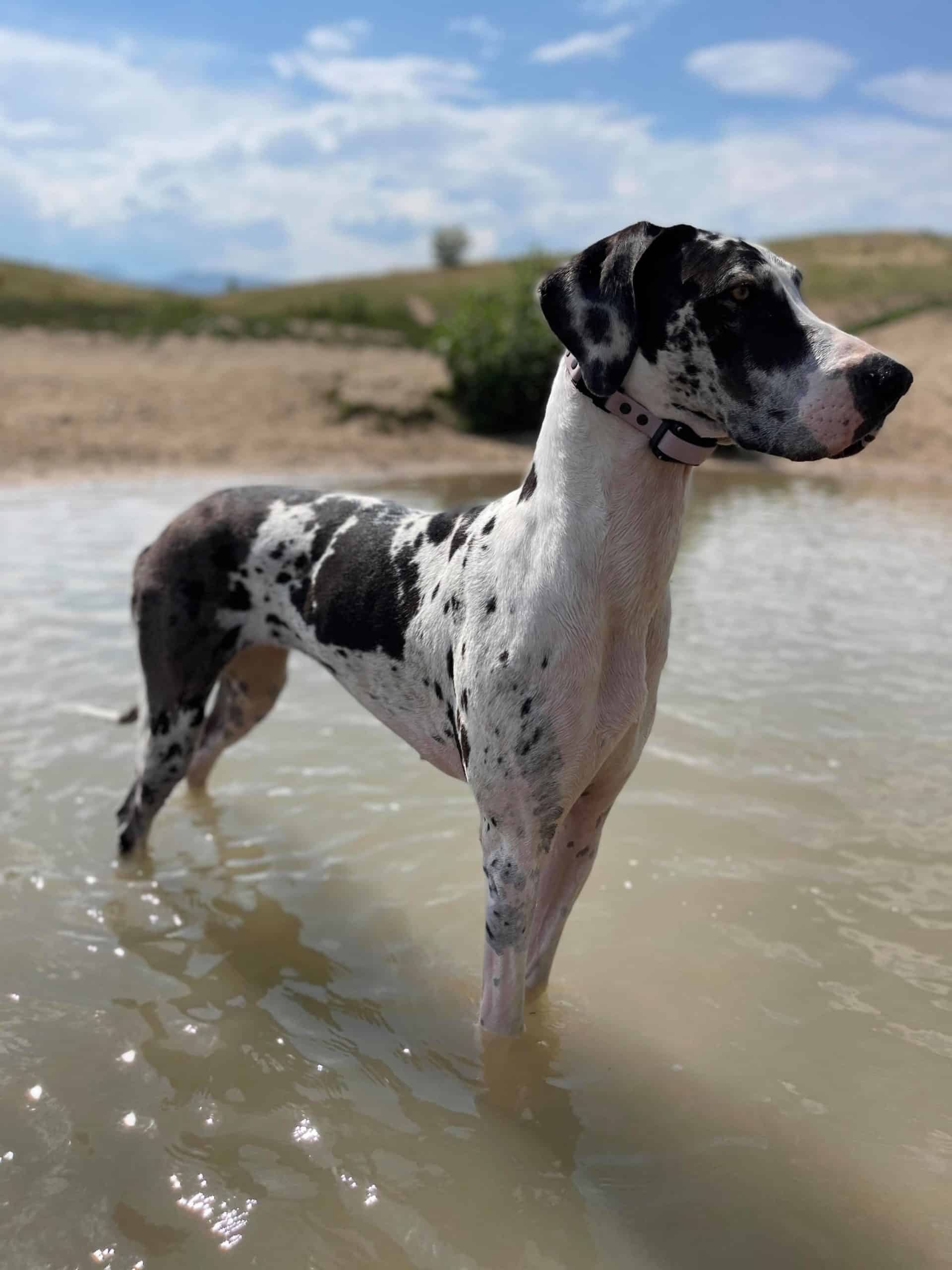
E-COLLAR MISTAKE: STIM CITY
Many people start to bump the stim level when ‘holes’ in their training pop up (most often due to a lack of conditioning and positive reinforcement, or because the collar is not fitted properly).
They may believe that the dog is being stubborn, defiant, dominant, or ‘large and in charge’ and they will respond by dialing up the heat.
It’s easy to fall into this trap. But remember this; eventually you’re going to run out of heat on that stim collar, and the dog still won’t understand what it is supposed to be doing.
If you find yourself resorting to stim city, take a vacation from the E-Collar and go back to basics.
After a few weeks of conditioning and diligent training, many people report that their dog responds beautifully, enthusiastically and consistently to low-levels of stimulation, that they rarely if ever have to actually use the tool on their dog, and that it’s there simply as a ‘backup’ device.
Remember: E-Collars are a modern wireless leash, not a corrective device.
E-COLLAR MISTAKE: FIXING AGGRESSION
The absolute WORST thing you can do with an E-Collar is to put it on a dog and then dial up the stim when they are being reactive or aggressive.
This is true for leash aggression, dog aggression, human aggression, aggression between two dogs in a home and aggression towards children.
Puppy Training: 5 Mistakes in Training
Great Dane Puppy Fear Stages
How to Stop a Great Dane from Jumping Up
Never, ever use an E-Collar to ‘correct’ a behavior that is based on emotion. You will make the problem worse in the long run.
Aggression is a fear-based response that requires diligent, thoughtful management and professional training, NOT shock or E-Collars.
E-Collars can be used with fearful and aggressive dogs, but only with conditioning and positive reinforcement, when the dog is not being fearful, aggressive or reactive, as a tool to teach reliable off-leash skills.
If you found one of those garbage dog trainers that tells you to use high-level stim to correct the dog for reacting in some way, or has you ready to hit the ‘easy button’ when your two house dogs go after each other, get your money back. That crap is what gives E-Collars and dog trainers a bad name.
LEARN E-COLLAR THE RIGHT WAY
We have an ever-growing library of free E-Collar training resources to help you create a beautiful relationship with your dog.
For free E-Collar training help, view one of our other E-Collar blog posts here!
